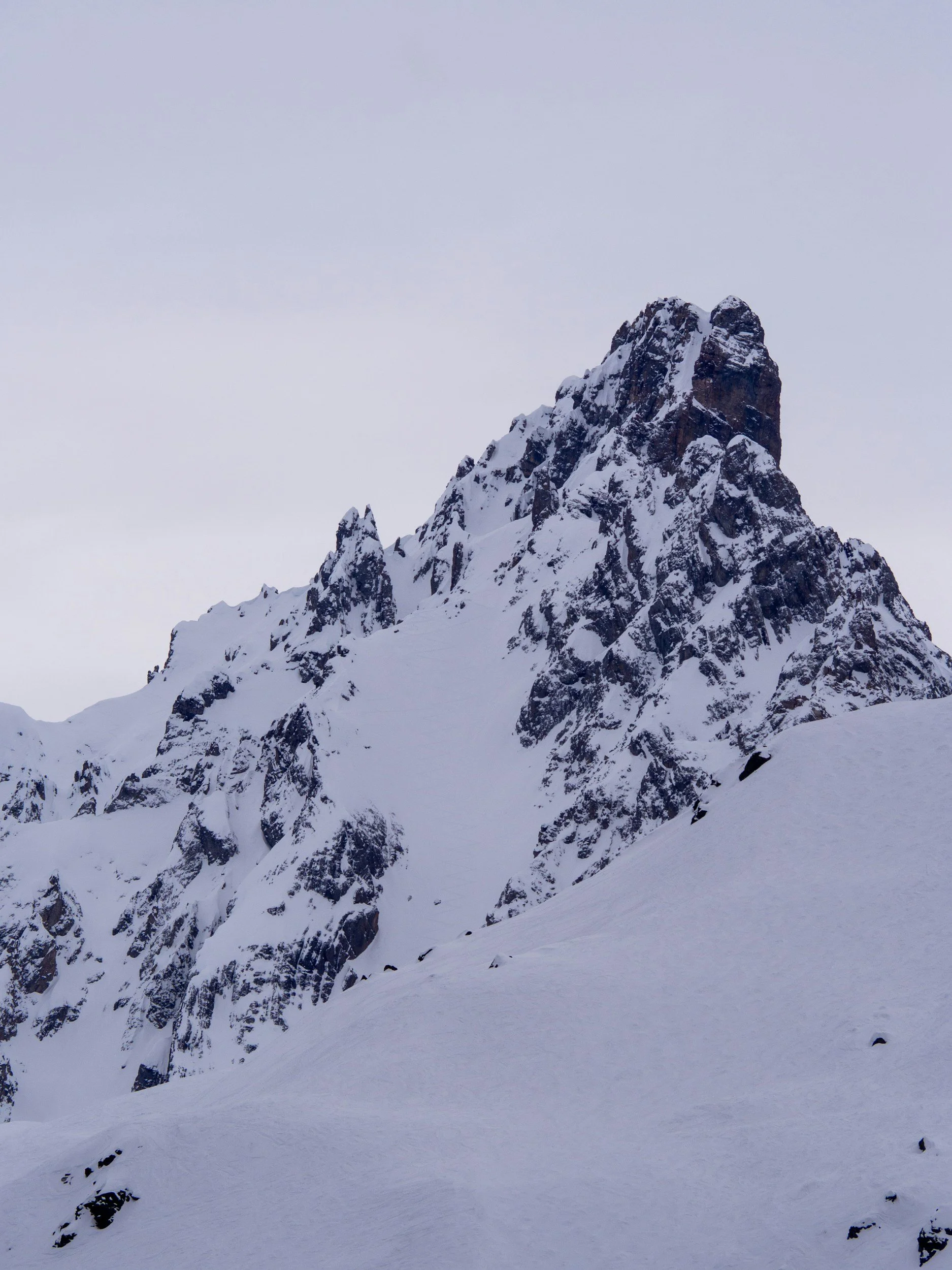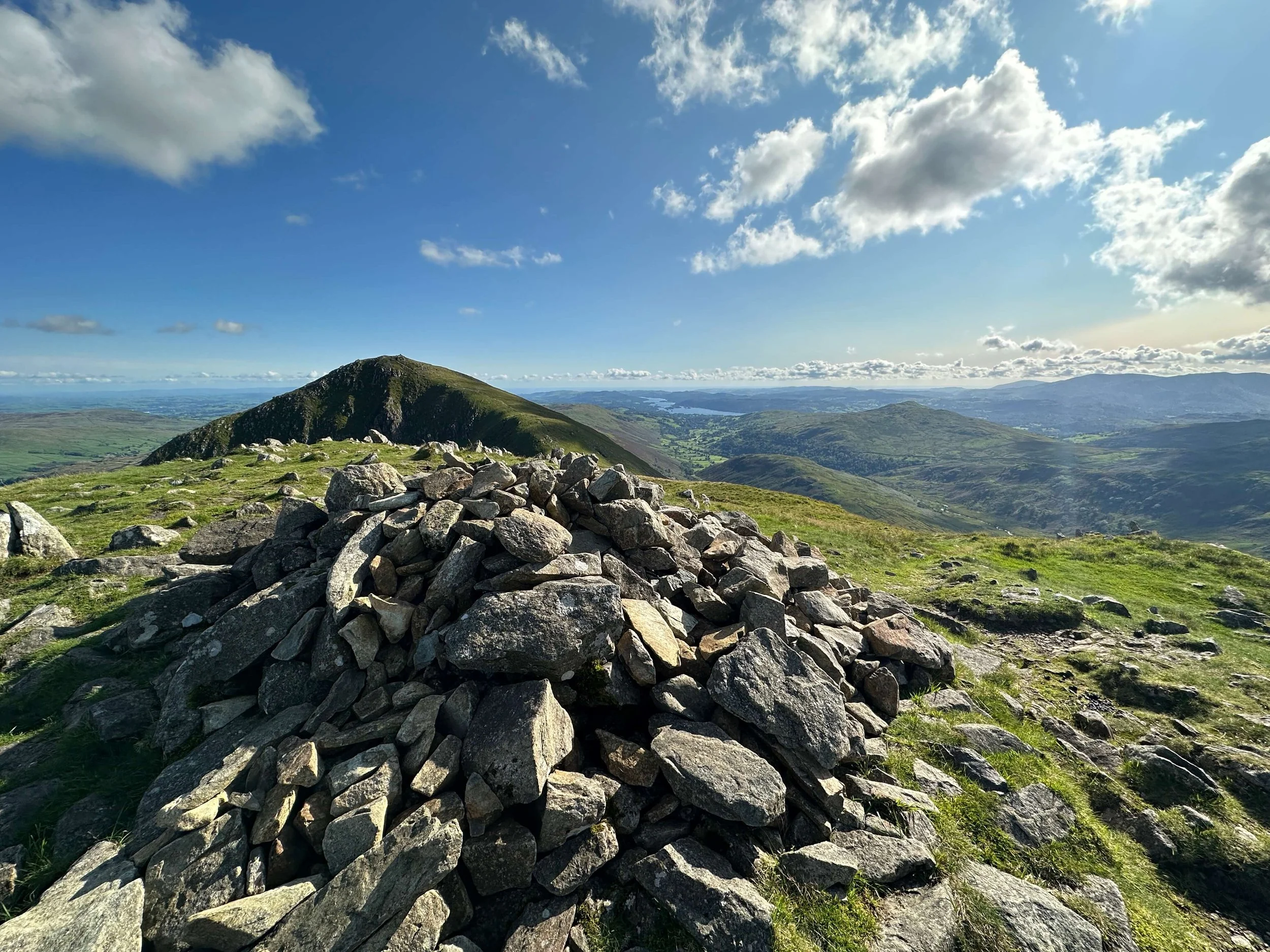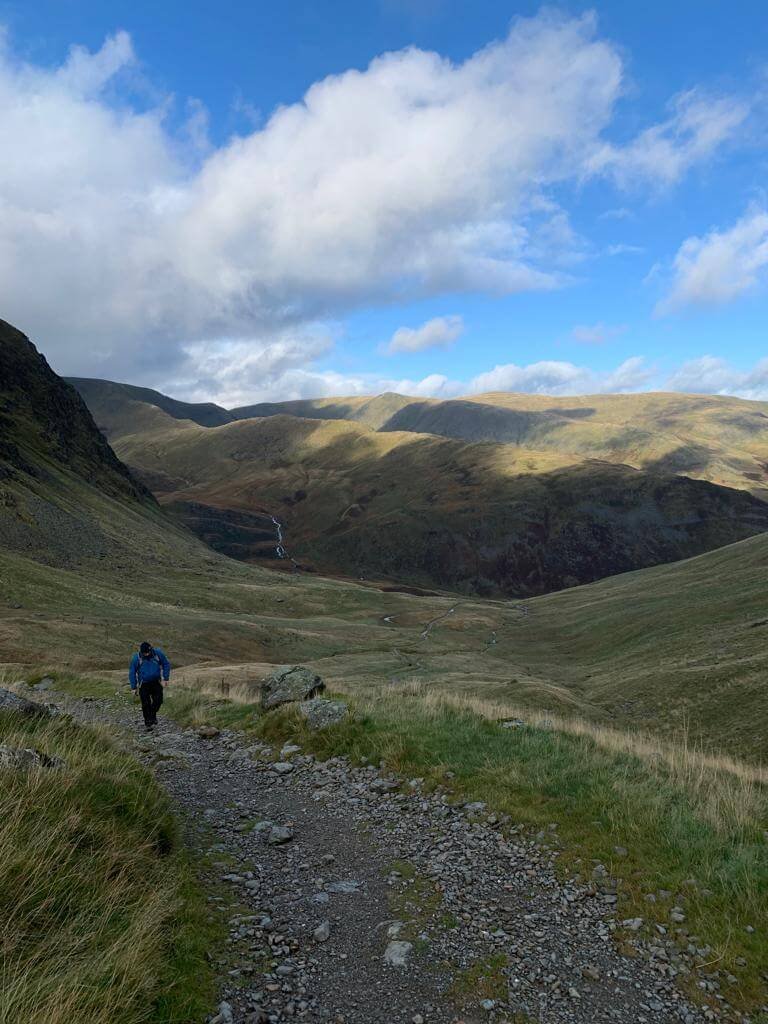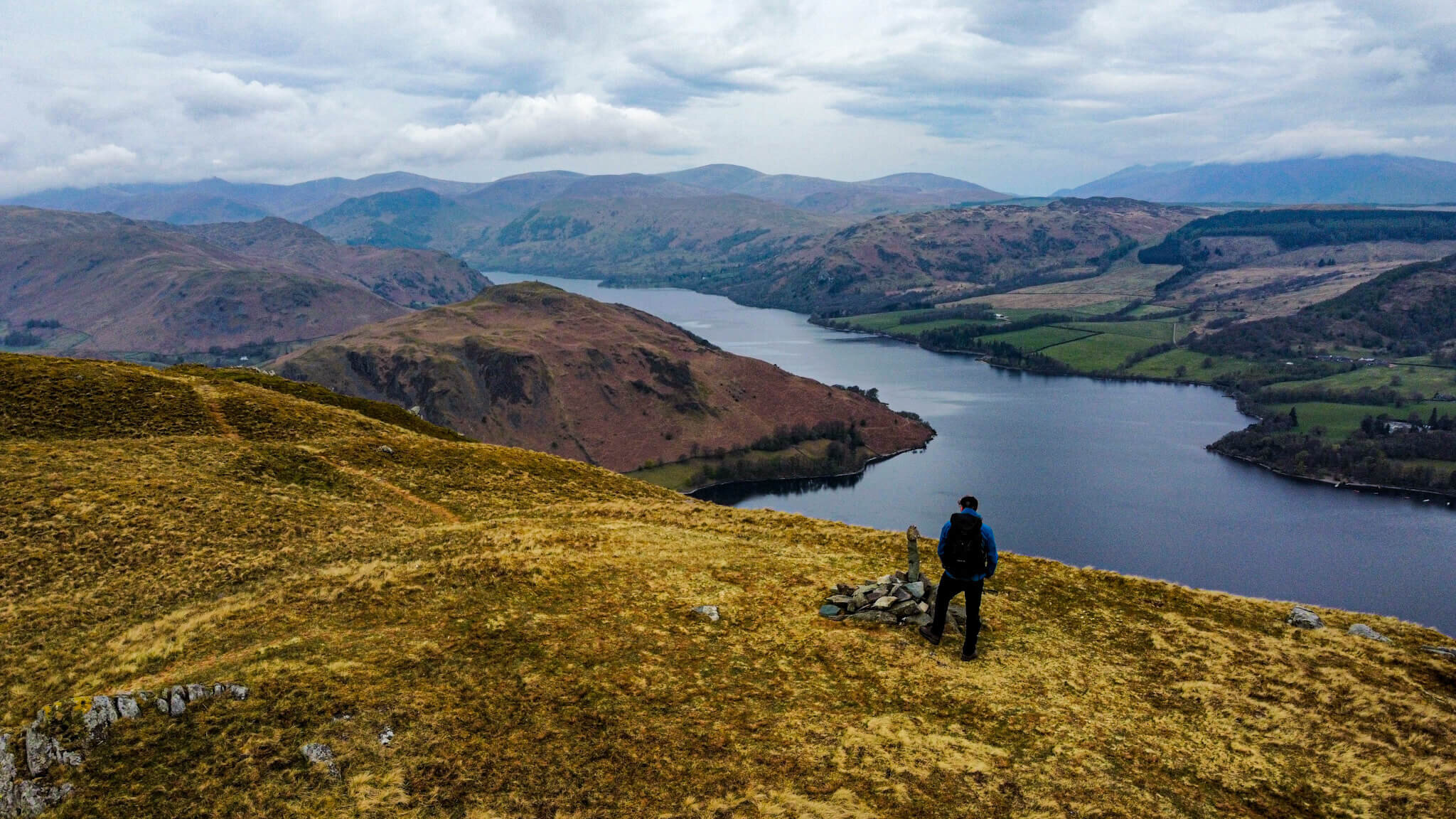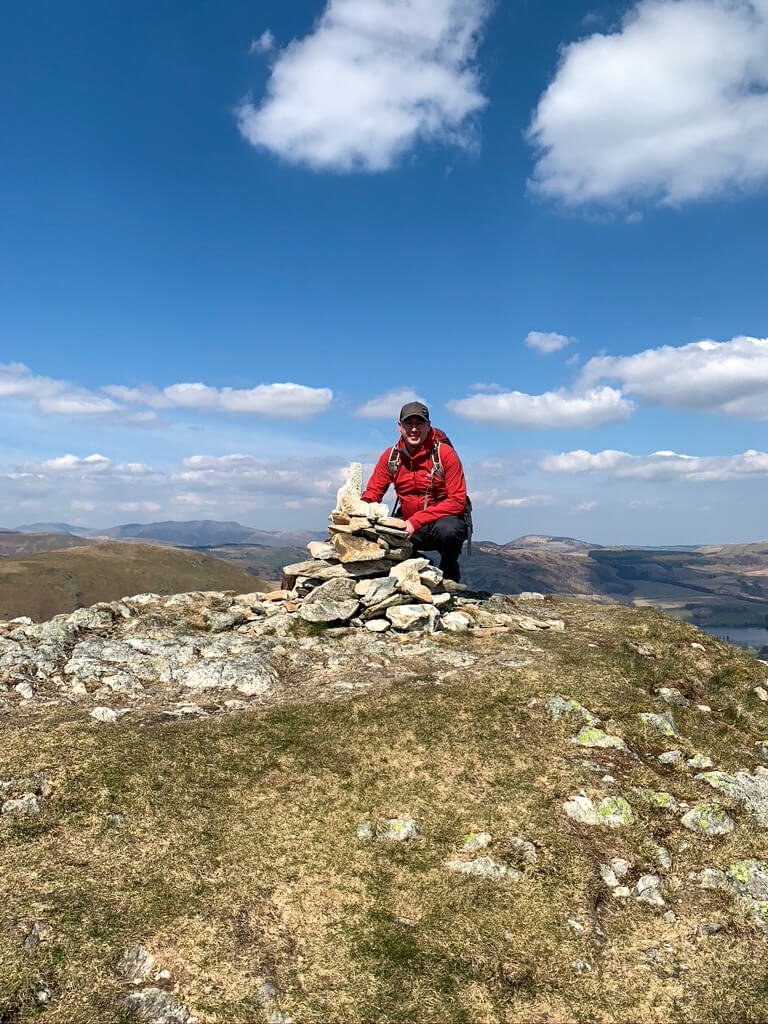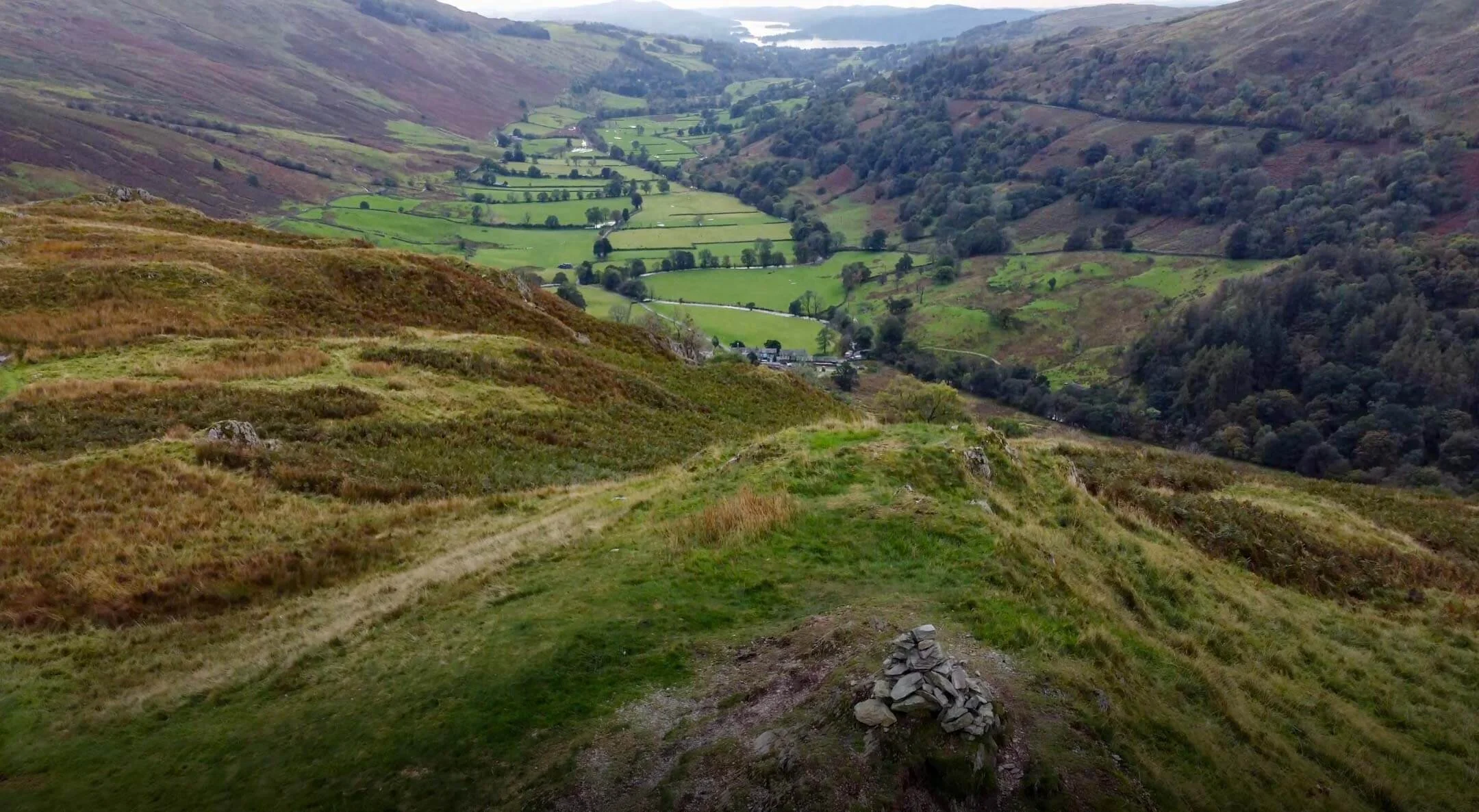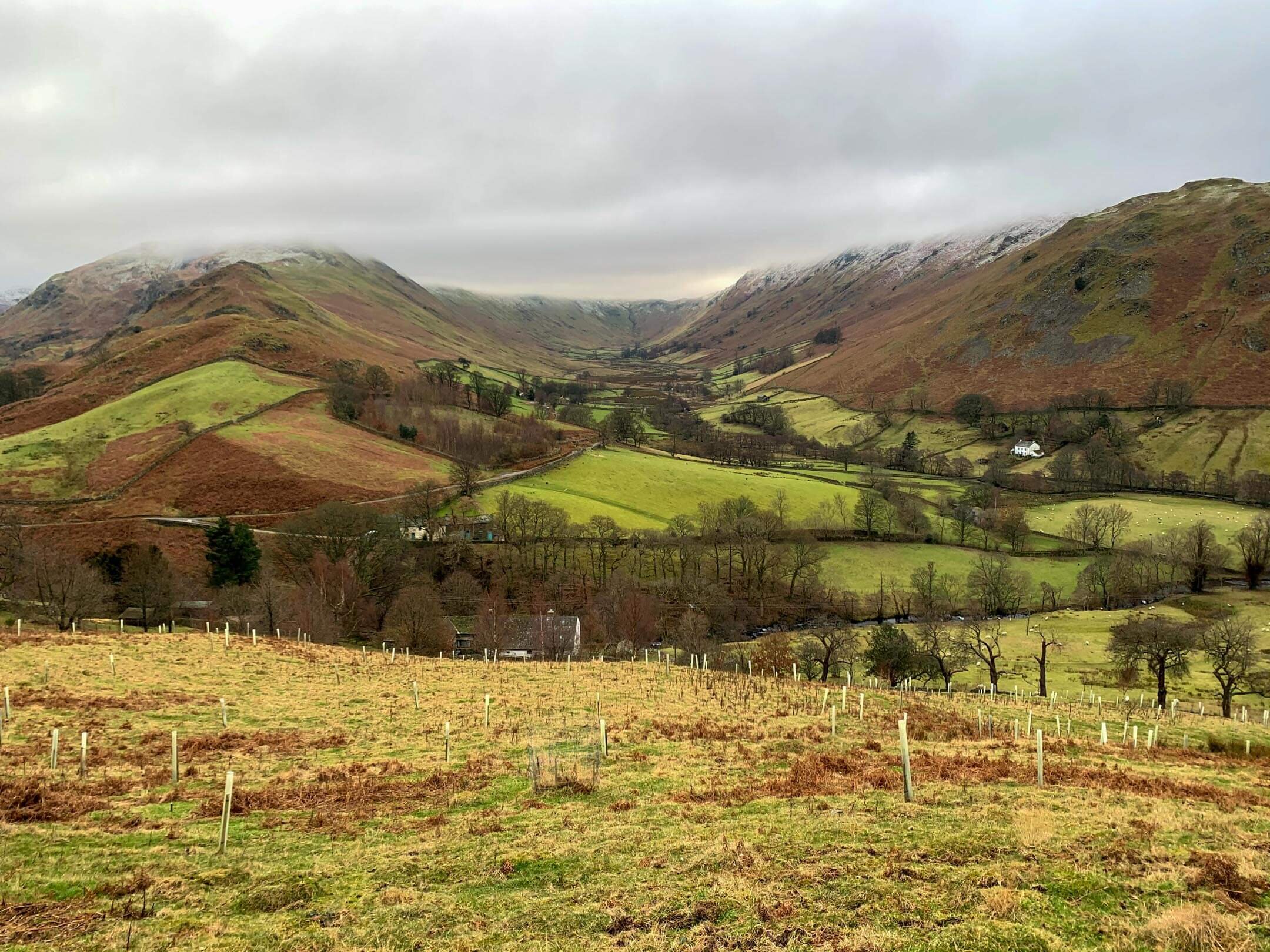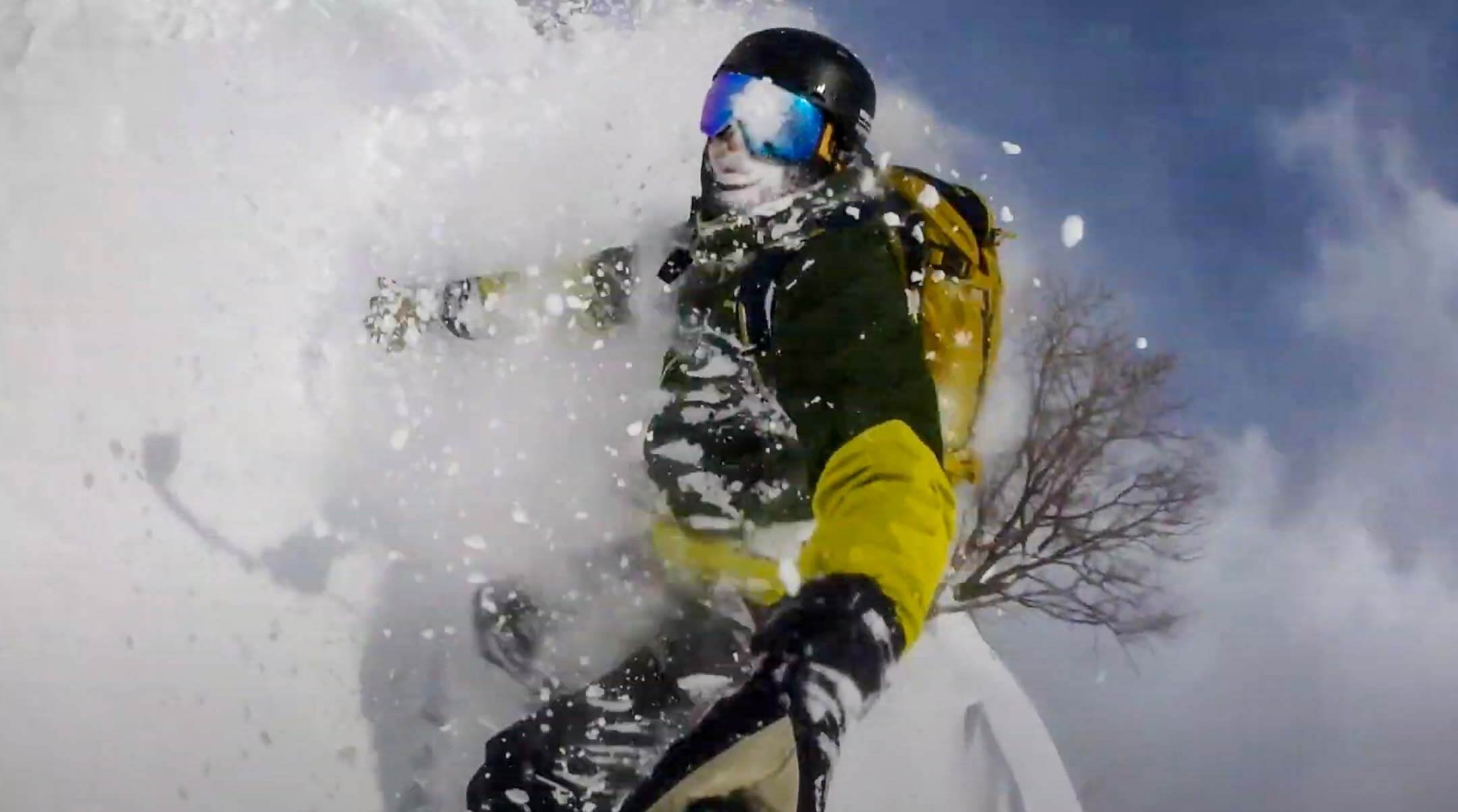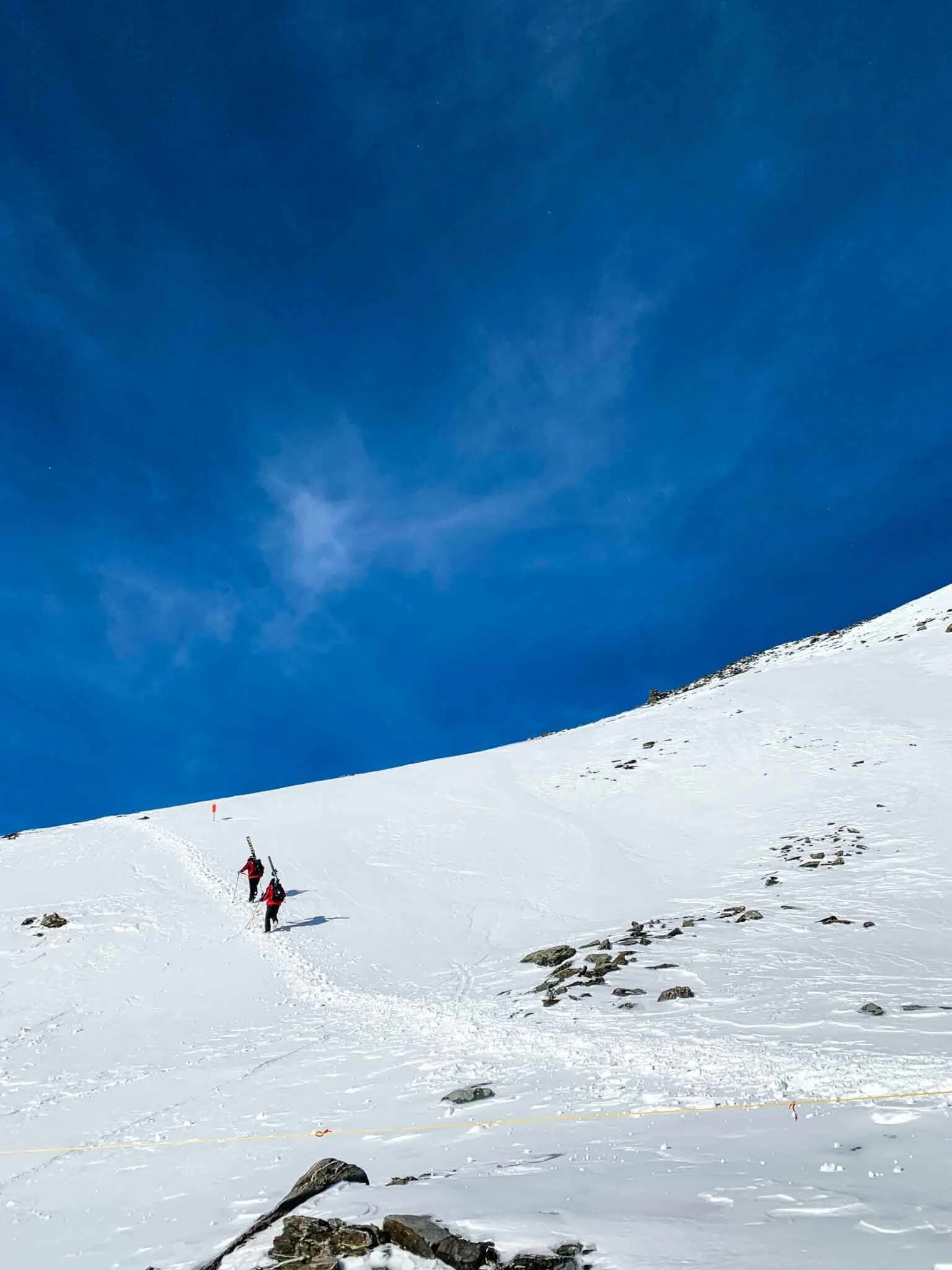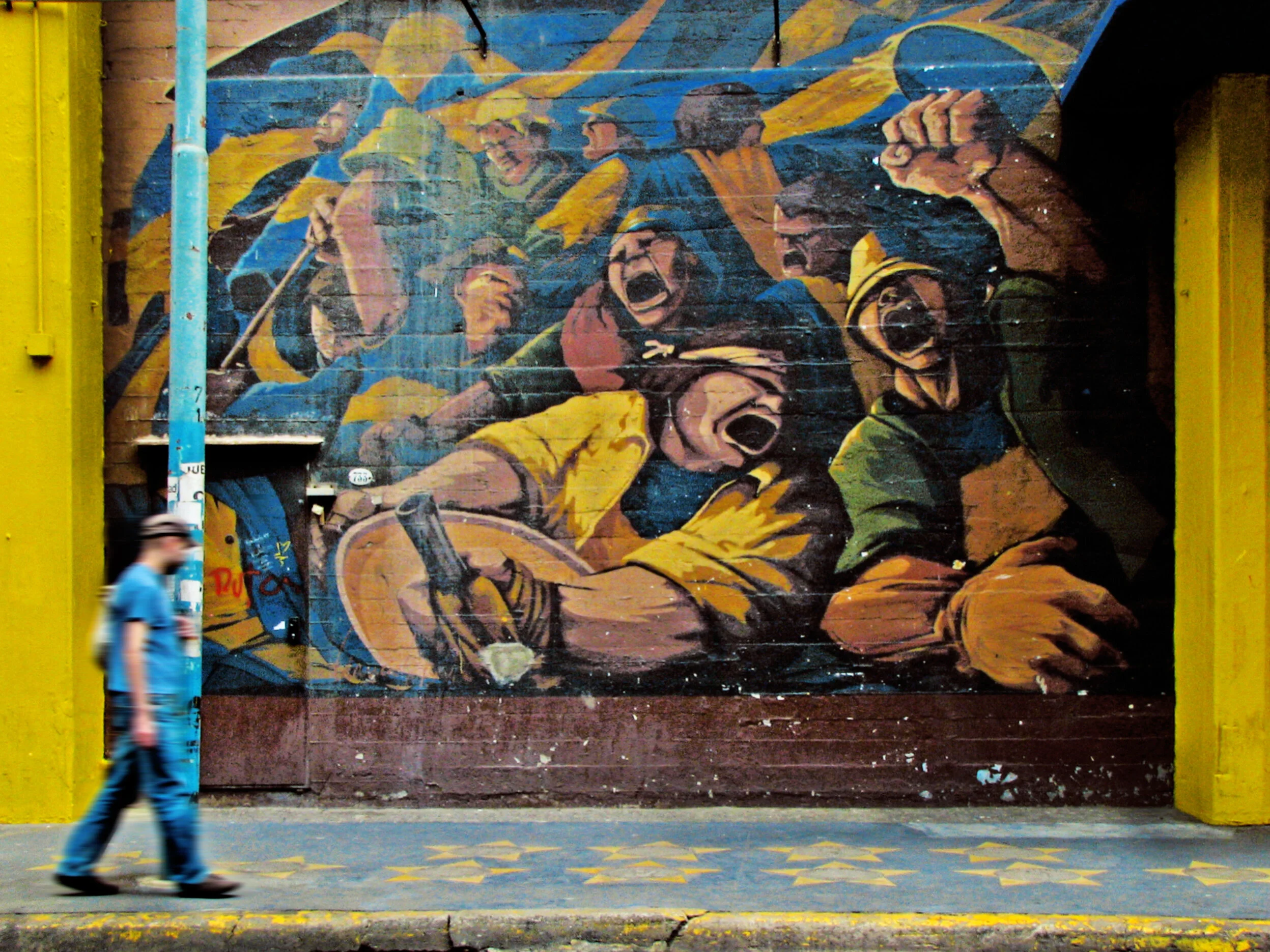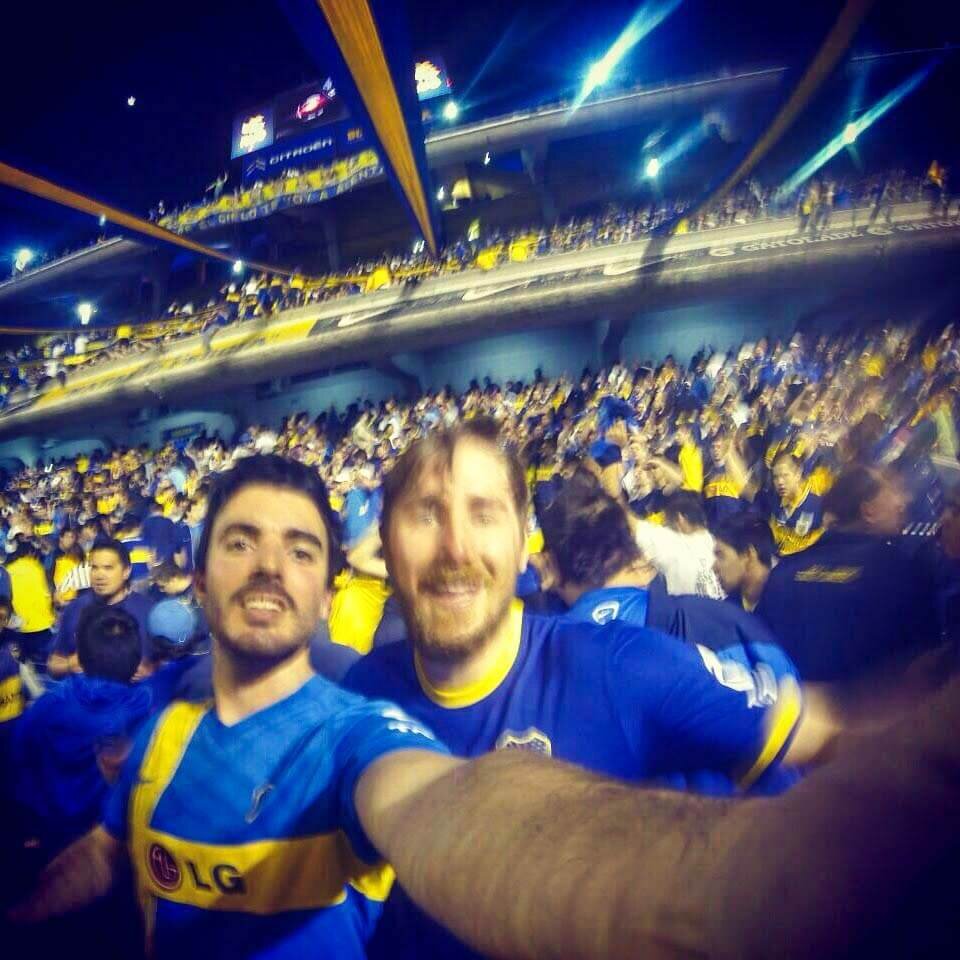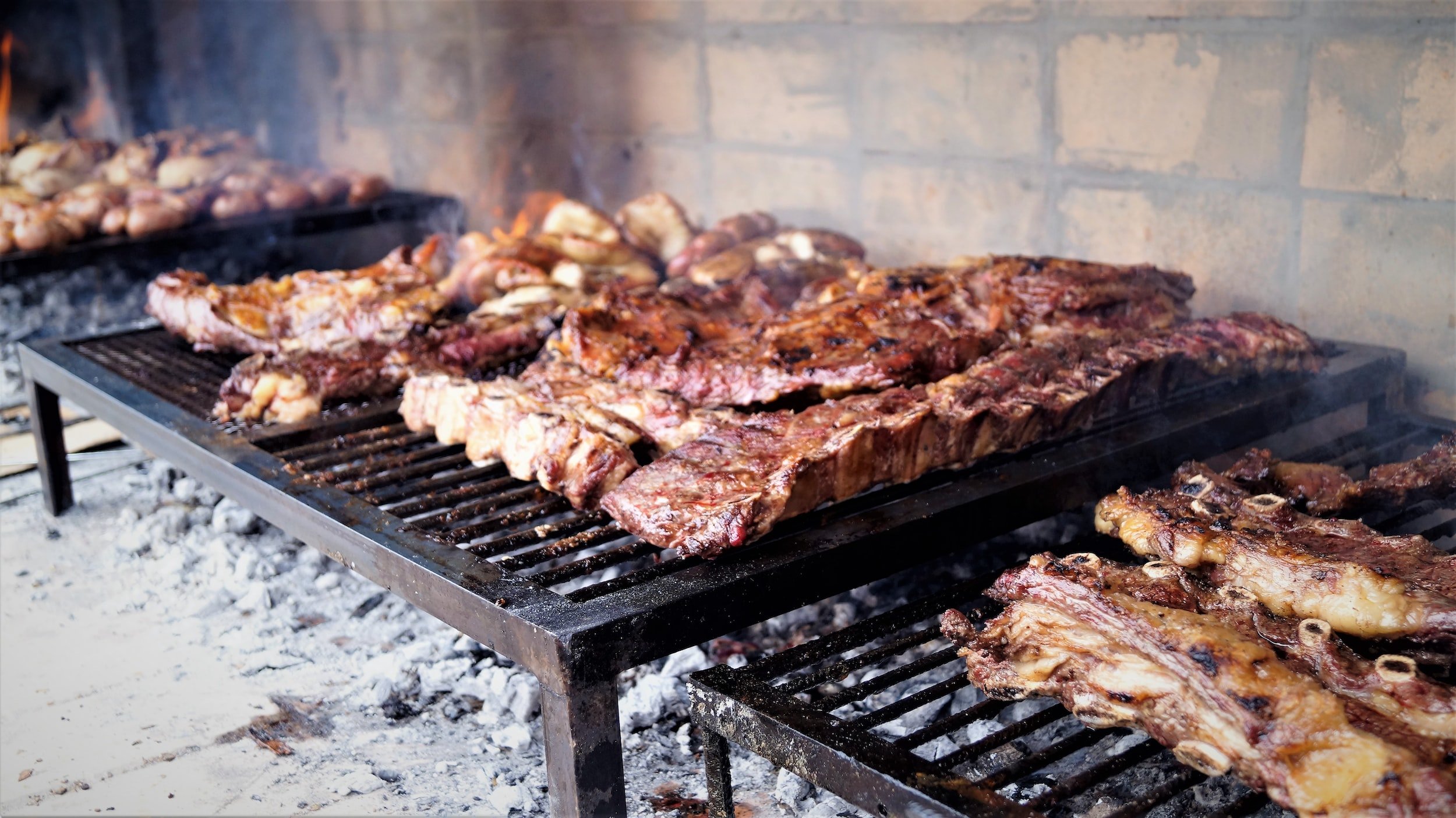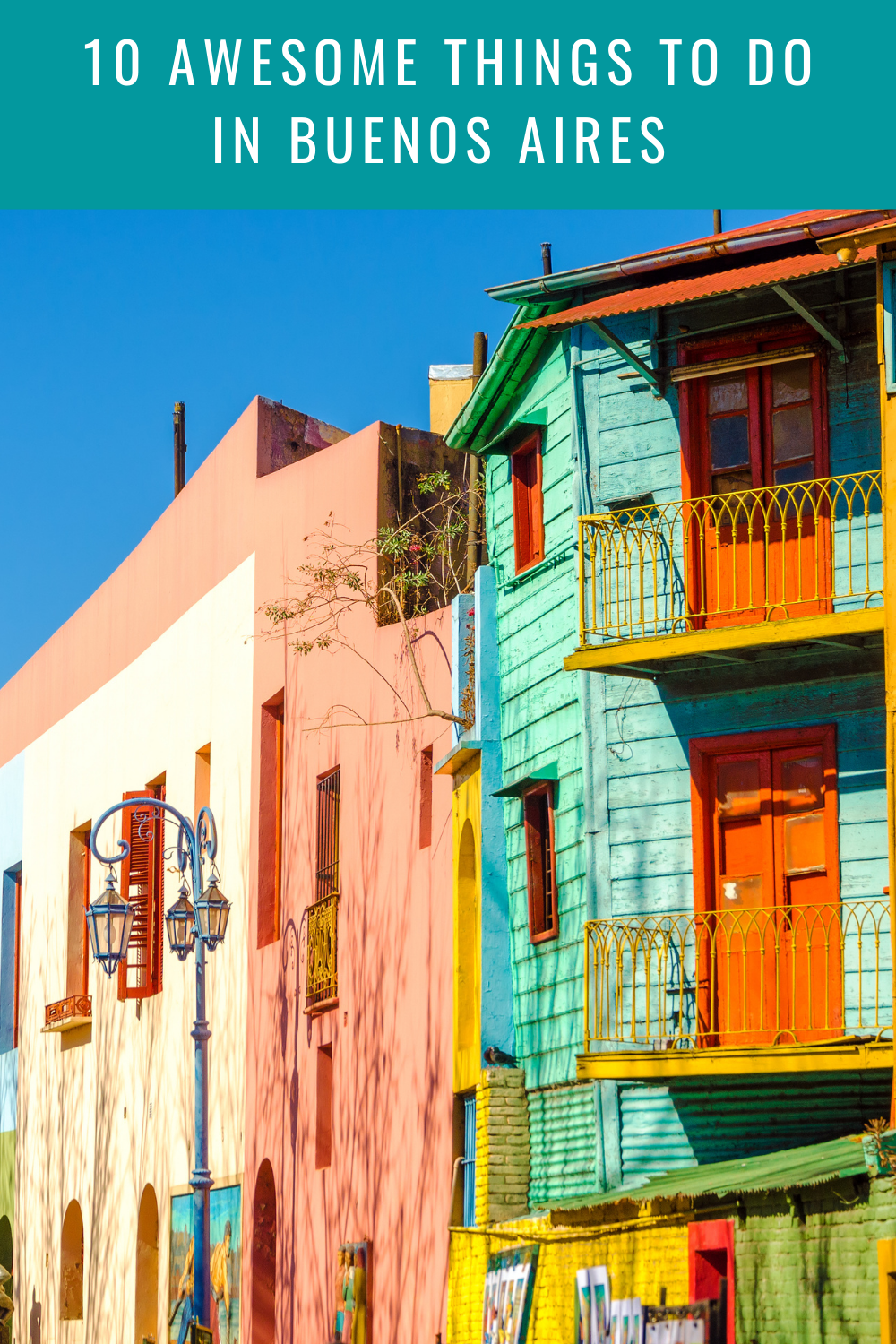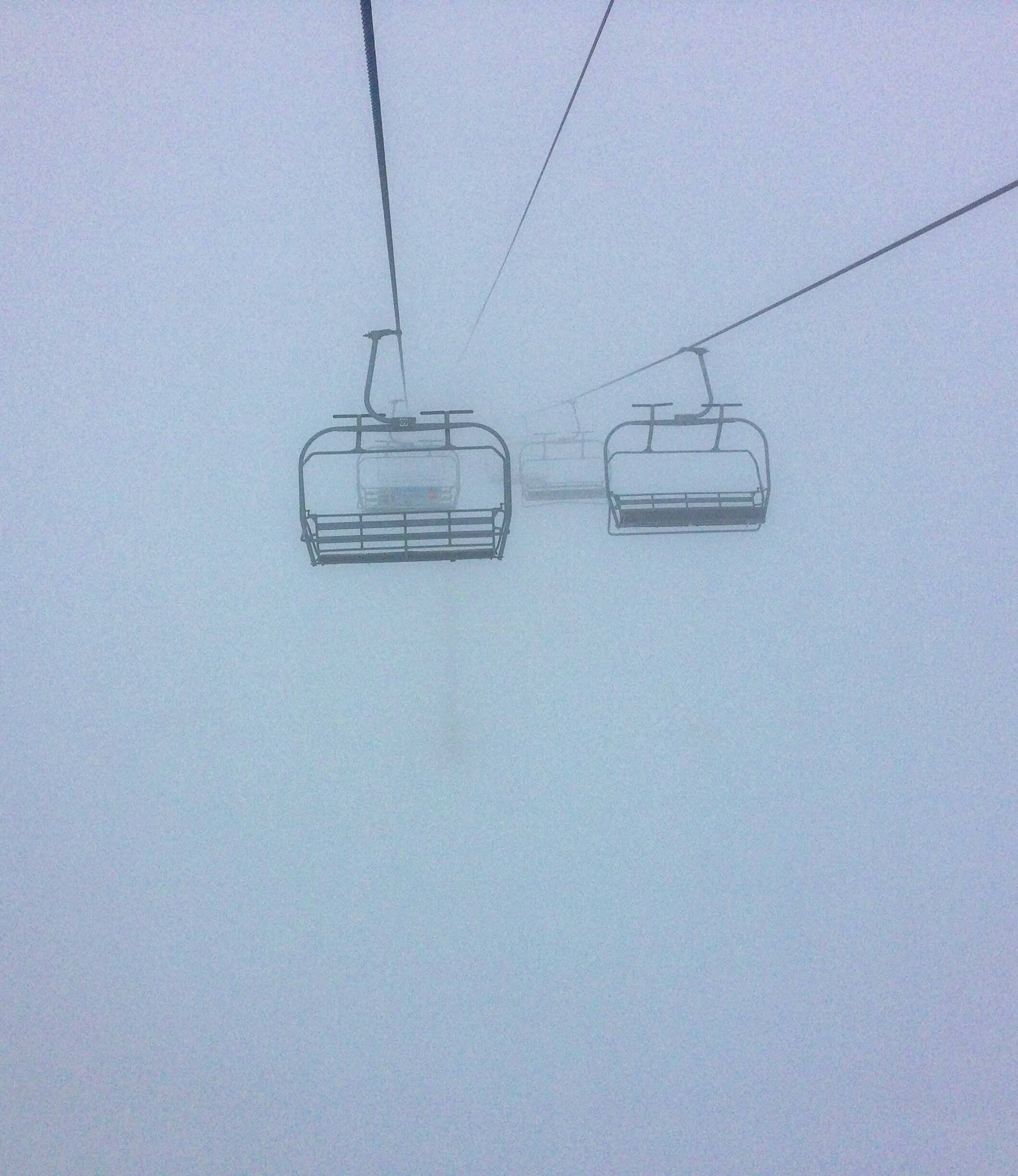Argentina Snowboarding Guide
Argentina has a rich history and a welcoming culture that has seen many Europeans settle and call it home. A quick walk around the capital of Buenos Aires will see the influence of its European settlers in the names, faces, and traditions of the locals. You will need to leave Buenos Aires and head into the Andes Mountains to reach the snow. In this Argentina snowboard guide, I will look at Argentinian ski resorts that will help you make the most of your Argentina ski holidays.
La Laguna @ Cerro Catedral
WHERE TO SNOWBOARD IN ARGENTINA
Snowboarding in Argentina is split between three distinct areas; High Andes (Mendoza), Lake District Patagonia, and Southern Patagonia Ushuaia.
PATAGONIA AND THE LAKE DISTRICT SKI RESORTS
Possibly the most popular place to snowboard in Argentina, the Lake District in Patagonia is stunning. When snowboarding in the Lake District expect to find epic views of mountains surrounded by lakes.
Bariloche is a popular access point to the resorts in this region with direct flights available from Buenos Aires. In Bariloche, you will find a bustling town filled with chocolate shops, bars, and incredible steak restaurants. Be sure to check out El Boliche de Alberto for the best Argentinian steak experience.
Most importantly, Bariloche is only a 12-mile drive to the Patagonia ski resort of Cerro Catedral, which offers modern lifts and some incredible terrain. Catedral Alta Patagonia is one of the prettiest resorts I have snowboarded at with views across Lago Nahuel Huapi into Chile. More importantly than the views, the terrain at Catedral Alta Patagonia is insane with easy access backcountry into the La Laguna area.
North of Bariloche you will find Caviahue ski resort which sits on a stratovolcano Copahue at nearly 3000m. Caviahue runs mostly surface lifts with a mere 418m of vertical drop.
Other notable Lake District ski resorts are; Cerro Chapelco, Cerro Bayo and La Hoya. Chapelco is outside the town of San Martin de Los Andes and offers some good riding through the trees. A mere 40 miles from Bariloche you will find Cerro Bayo. Cerro Bayo is a small ski resort offering a different experience to that found at nearby Cerro Catedral. South of Bariloche you will find La Hoya, which despite its modest size packs a punch. La Hoya has steep couloirs and the longest ski season in Argentina due to the colder temperatures.
MENDOZA SKI RESORTS
Snowboarding in Mendoza may be harder to access than most ski areas in Argentina but it may just be worth that extra effort. Mendoza is home to Las Leñas ski resort which is known worldwide for its steep freeride terrain. Las Leñas is the highest ski resort in Argentina with lifts reaching 3,340m. This pretty much guarantees great snow and Las Leñas receives an average of 5-6m per season. A combination of lift-accessible steeps and easy-access hiking make Las Leñas popular with the extreme crowd.
Mendoza is also home to Los Penitentes ski resort close to the border of Argentina and Chile. At Los Penitentes, you are unlikely to find many international skiers and snowboarders instead, Penitentes caters to the locals. That is not to say that Los Penitentes does not get international clients just that it is less common as a multi-day ski destination and is more likely to be an add-on. Similarly to Las Leñas, Penitentes has terrain above 3000m with a good proportion of the terrain intended for advanced riders.
SOUTHERN PATAGONIA SKI RESORTS
Ushuaia at the very southern tip of Argentina in Tierra del Fuego is home to Cerro Castor. Cerro Castor is not only Argentina’s most southerly ski resort but also the world’s. Cerro Castor is essentially at the end of the road but is surprisingly accessible. Direct flights to Ushuaia are possible from Buenos Aires which makes skiing and snowboarding at Cerro Castor popular. The terrain at Cerro Castor isn’t on the same scale as what you may find at Las Leñas or Cerro Catedral but the location is incredibly unique.
IF YOU FIND VALUE IN THIS POST CONSIDER CLICKING THE BUYMEACOFFEE LINK BELOW TO SUPPORT MY CONTENT
ARGENTINA GALLERY
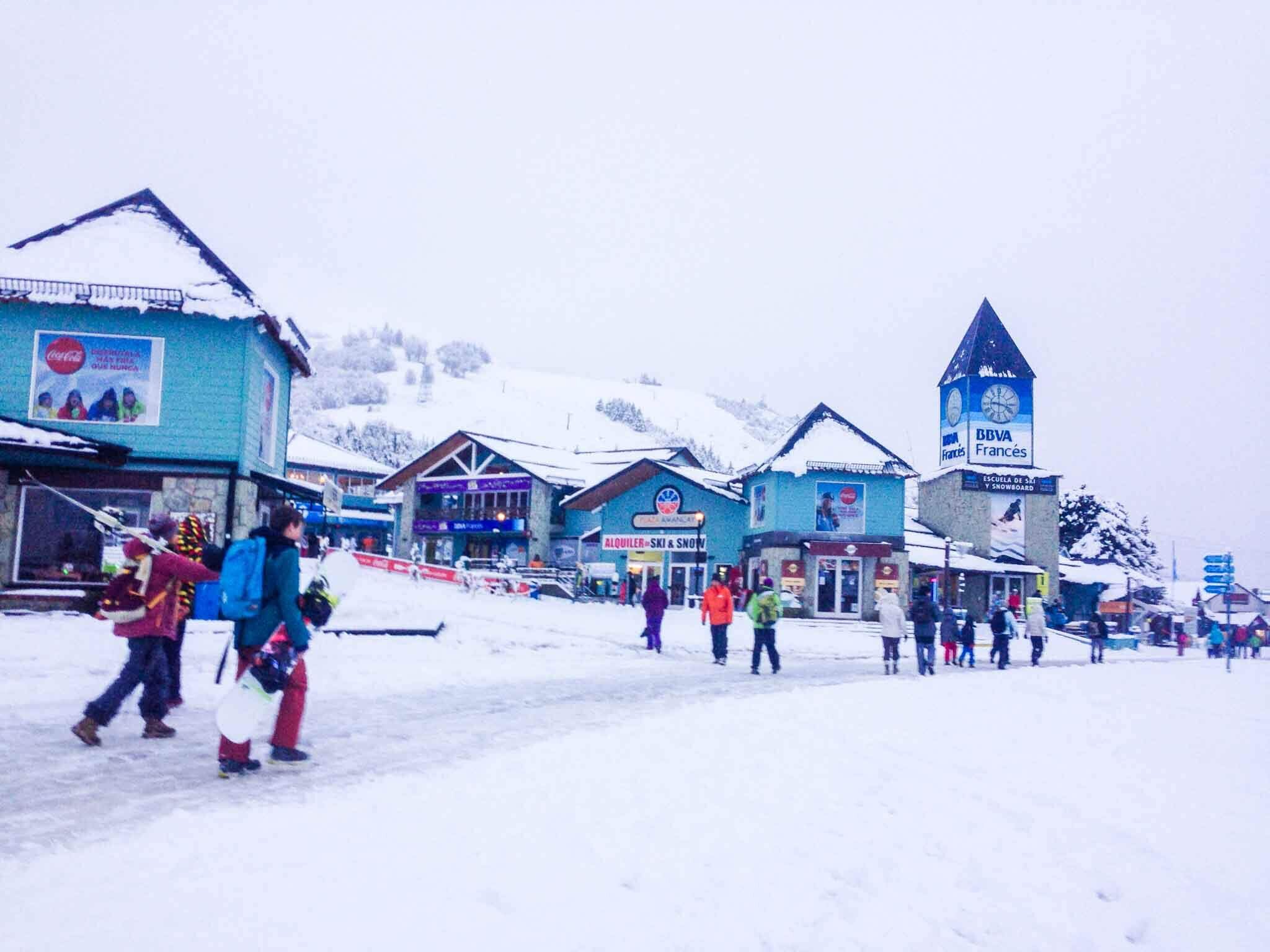
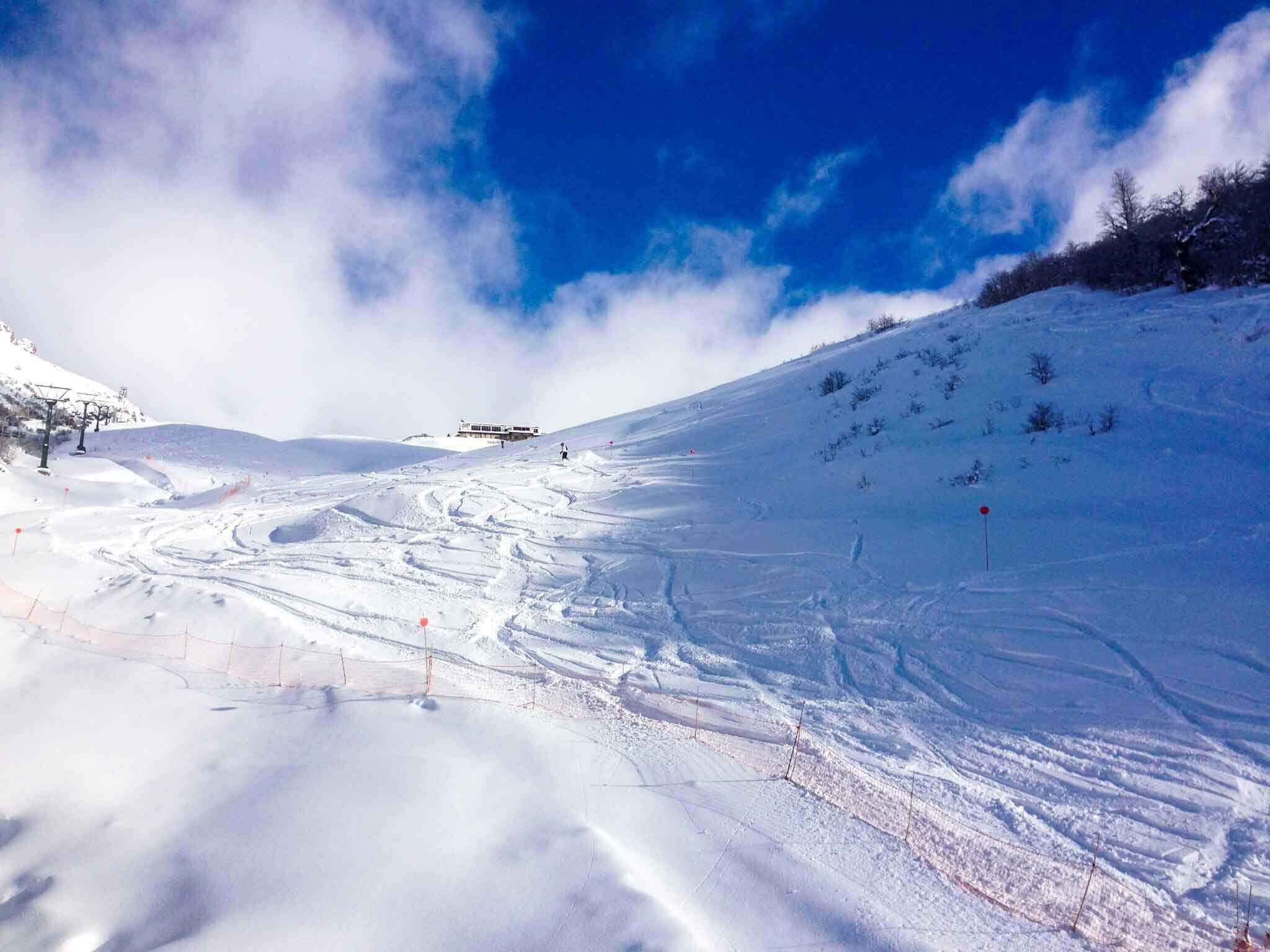
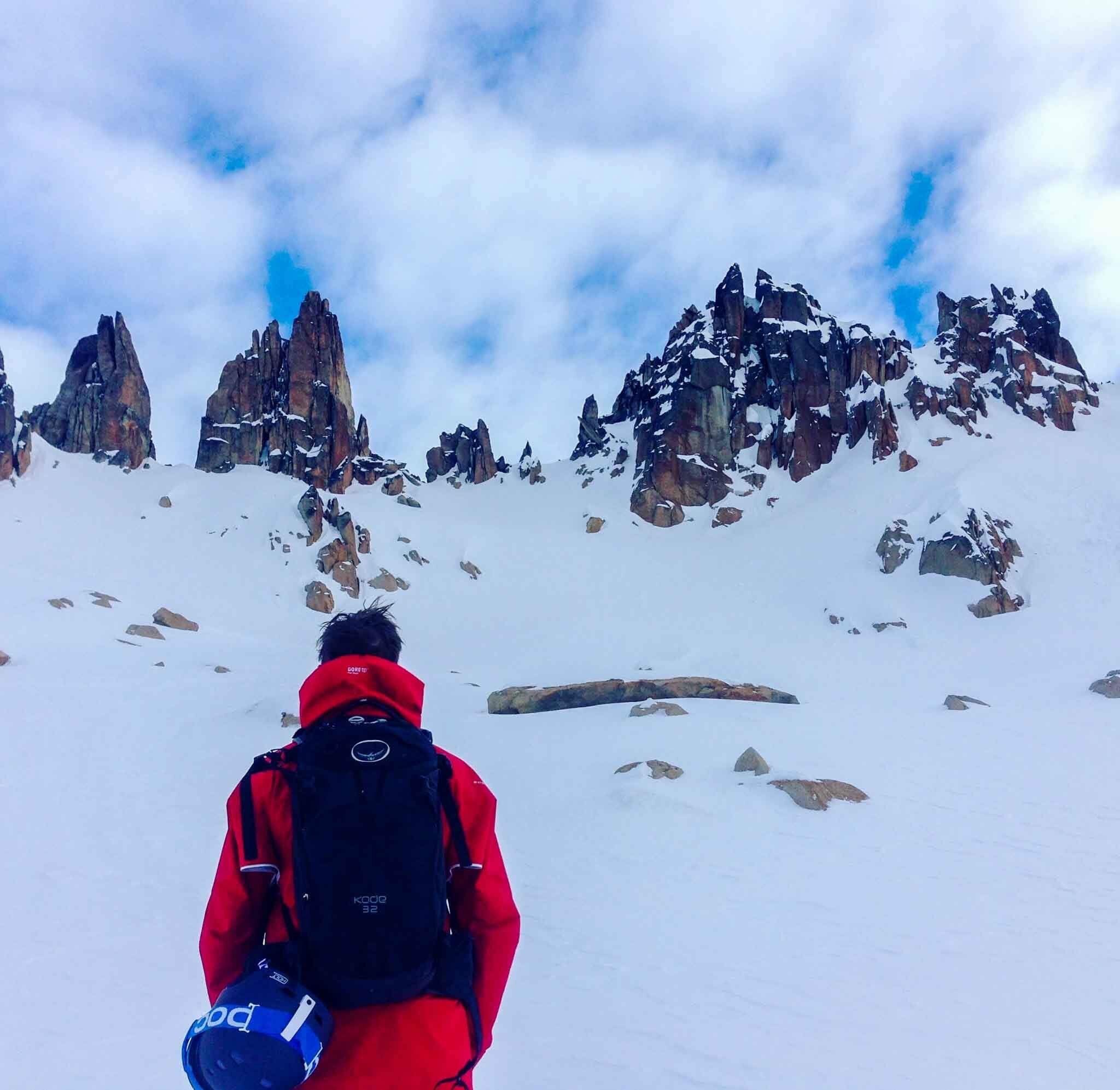
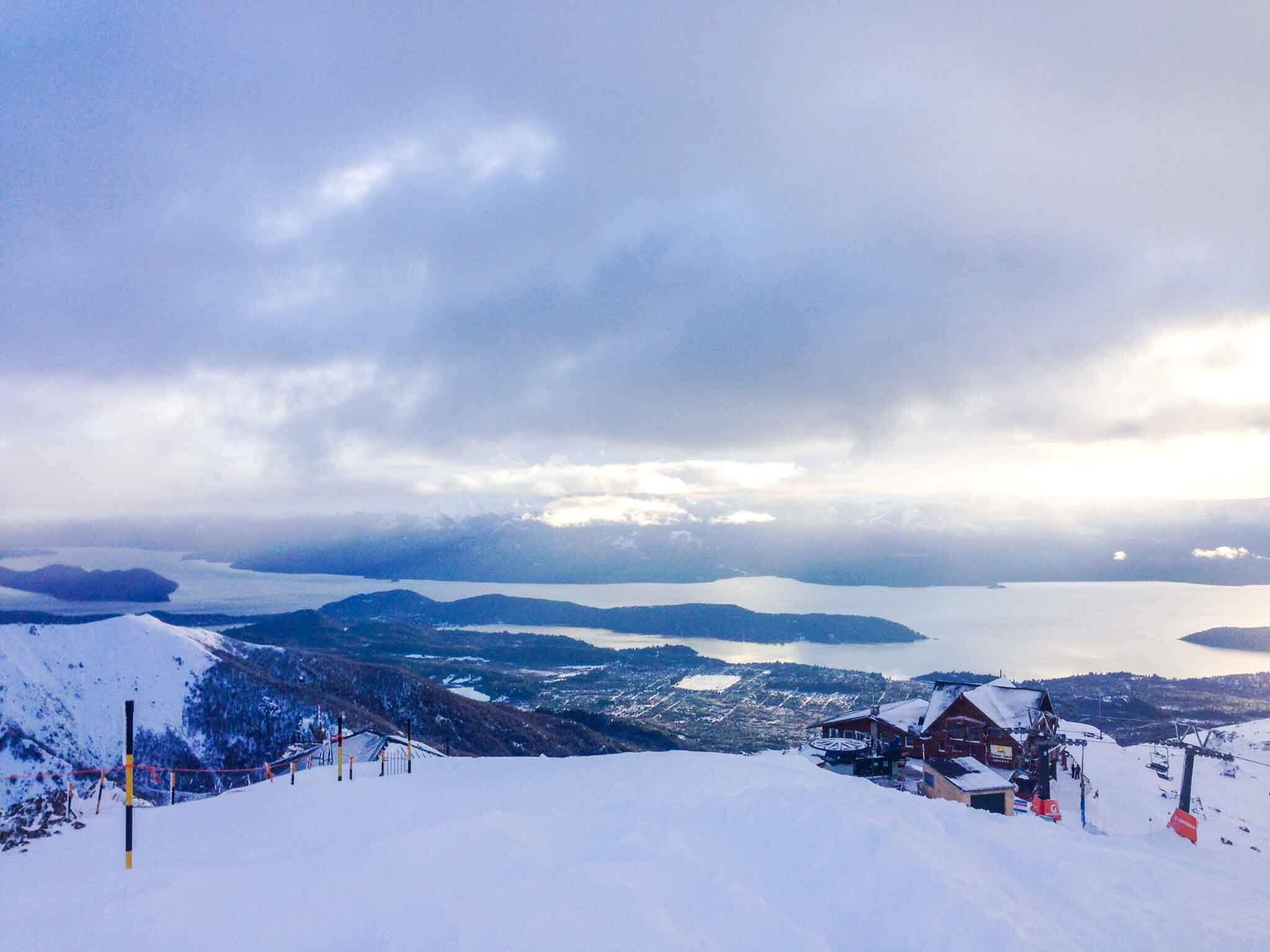
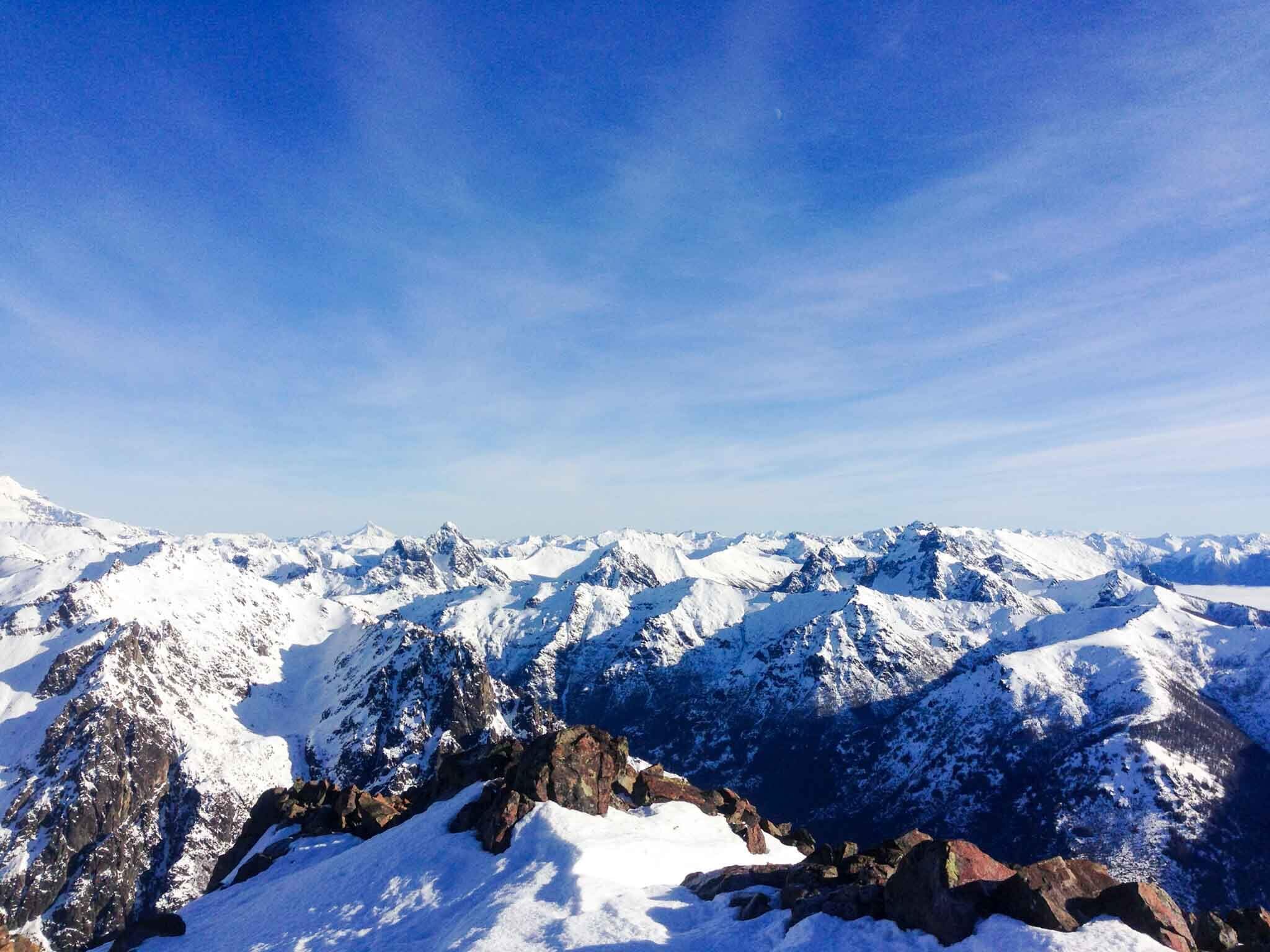
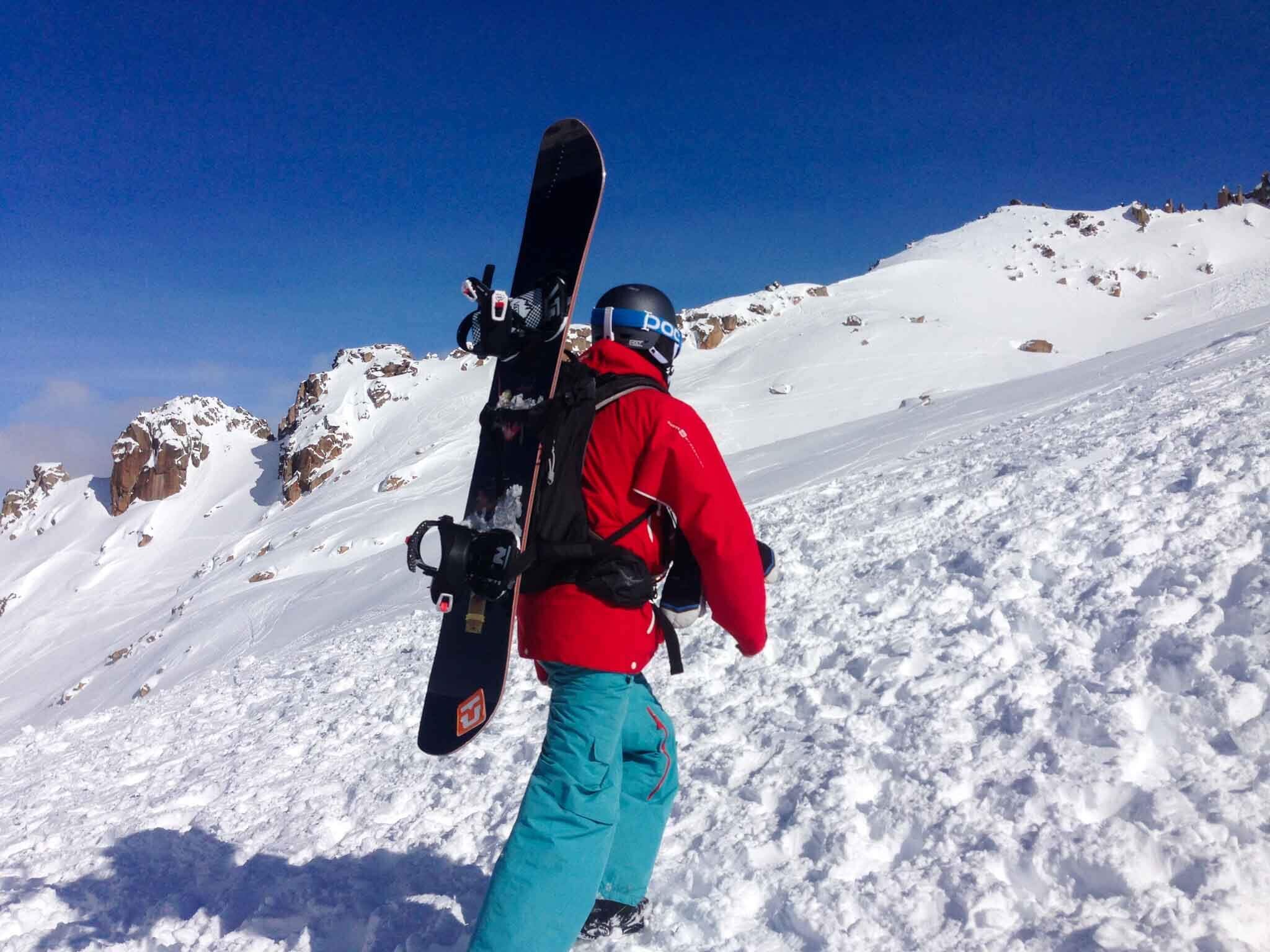
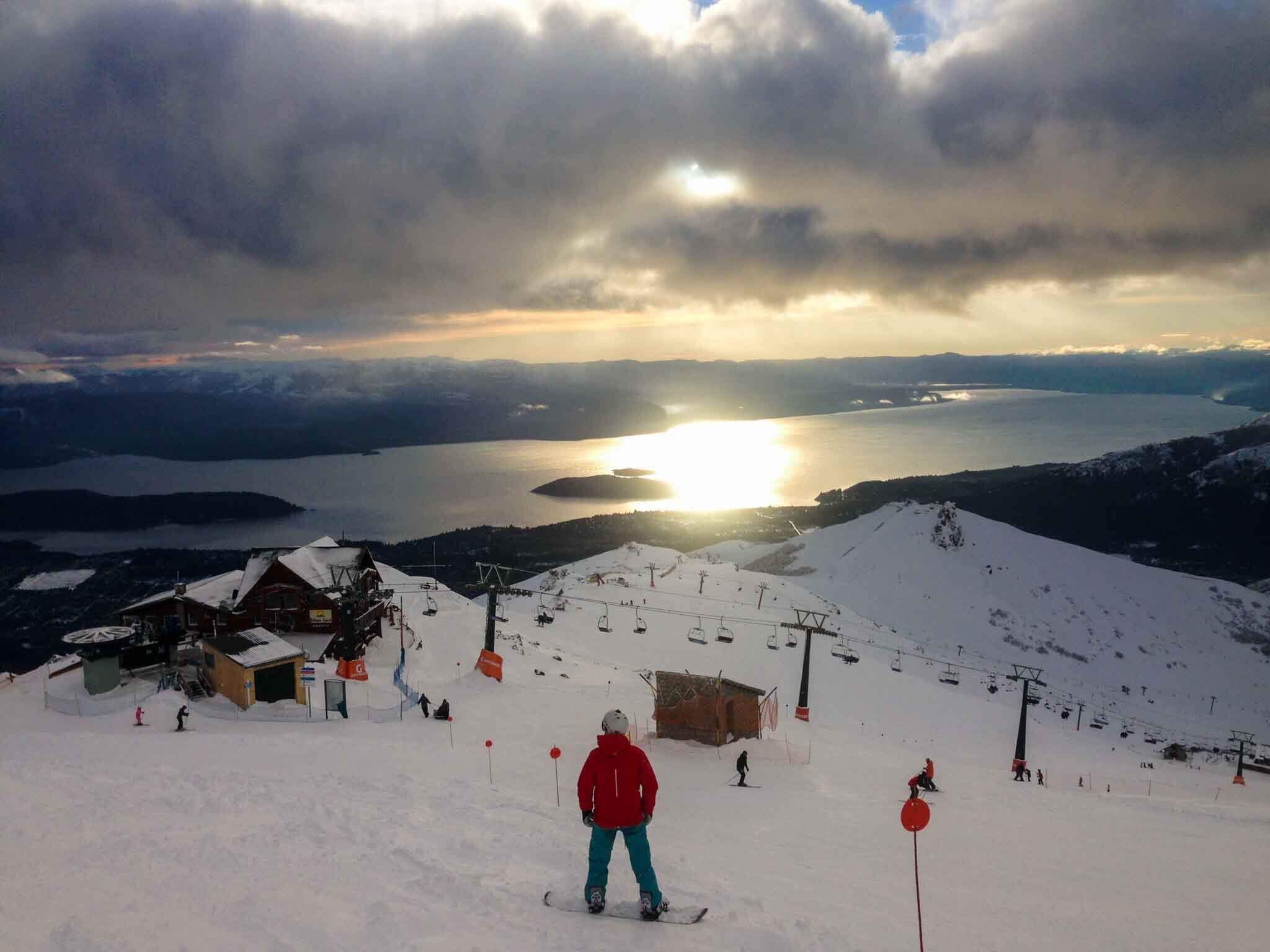
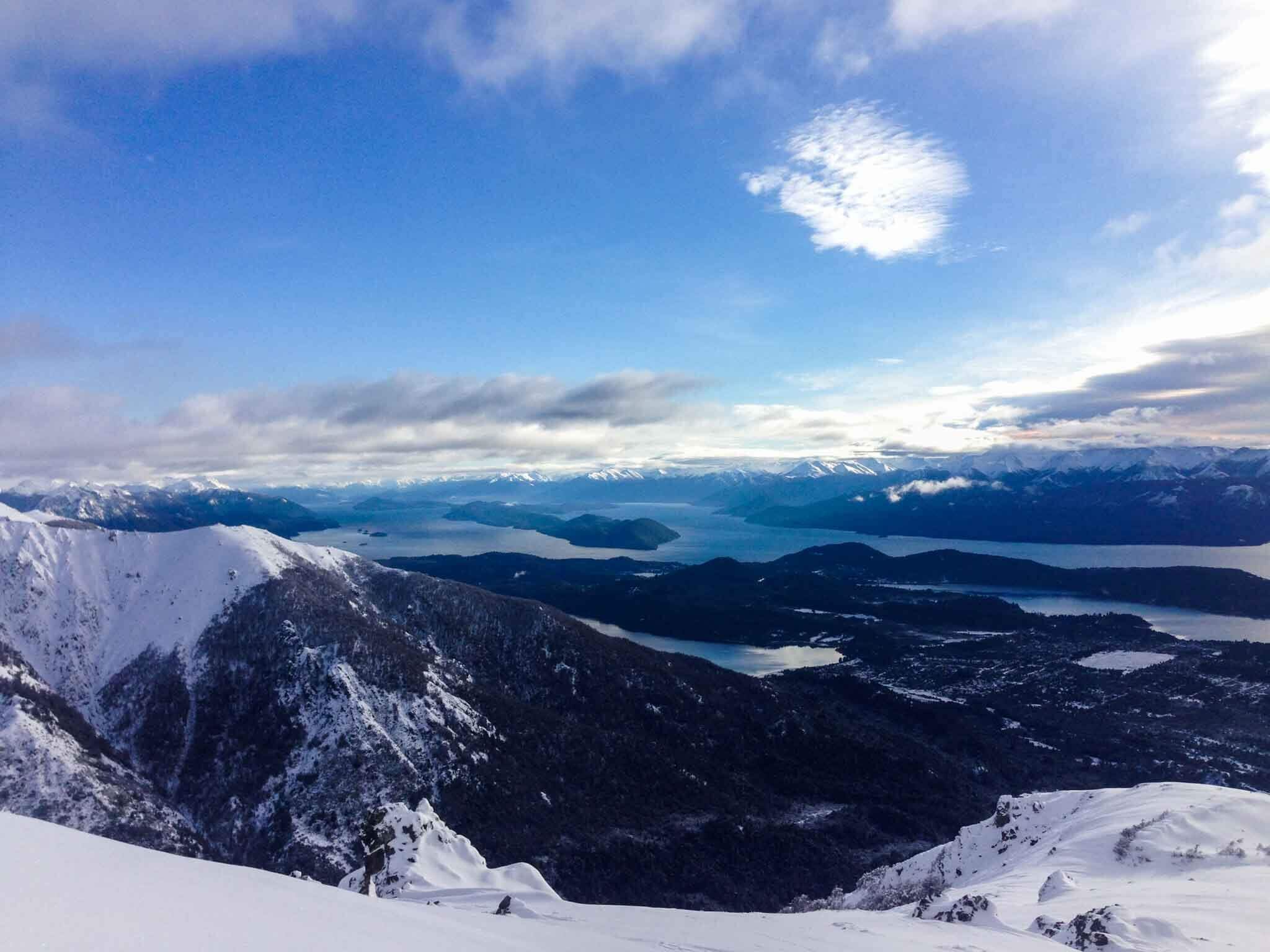
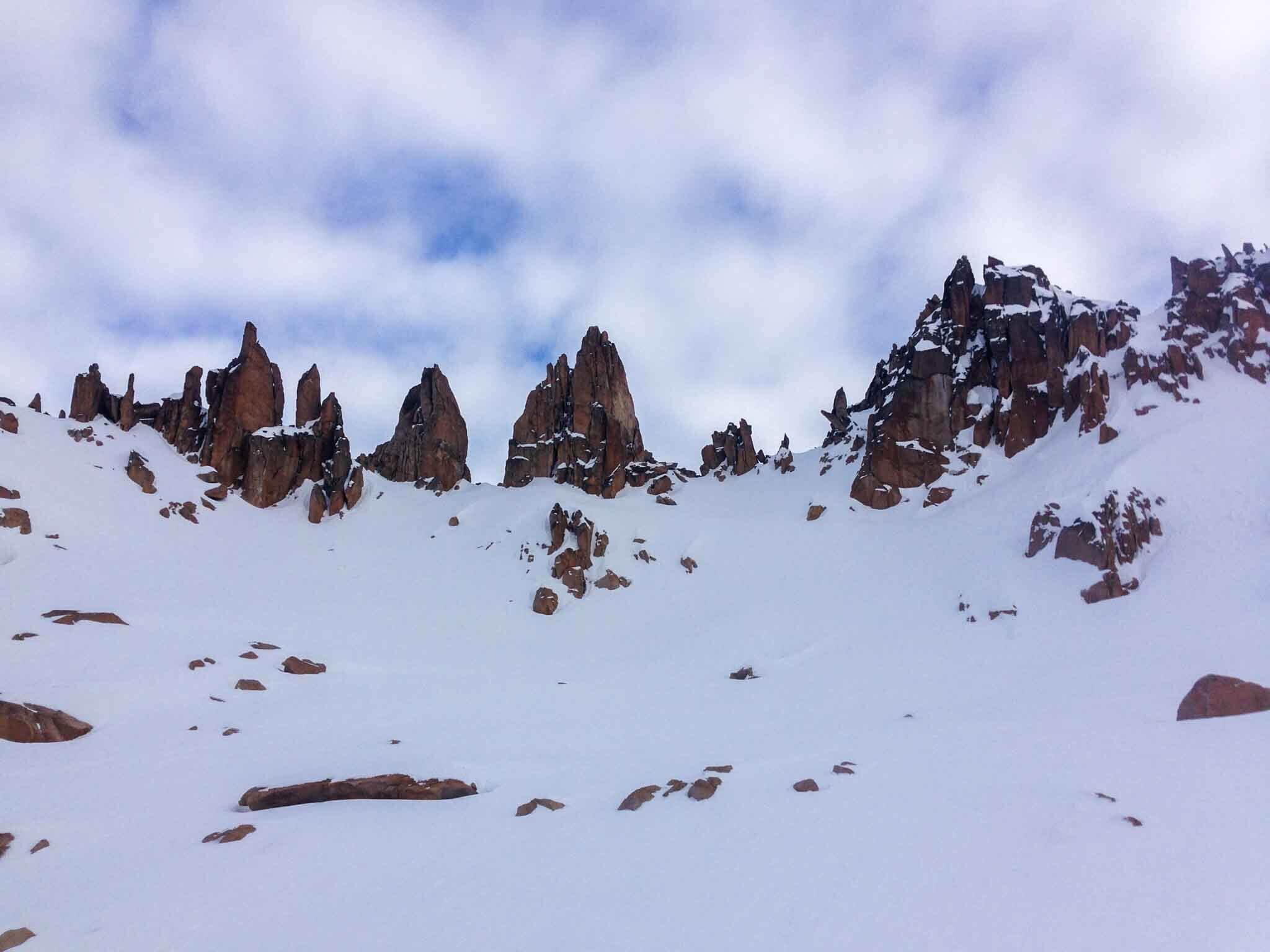
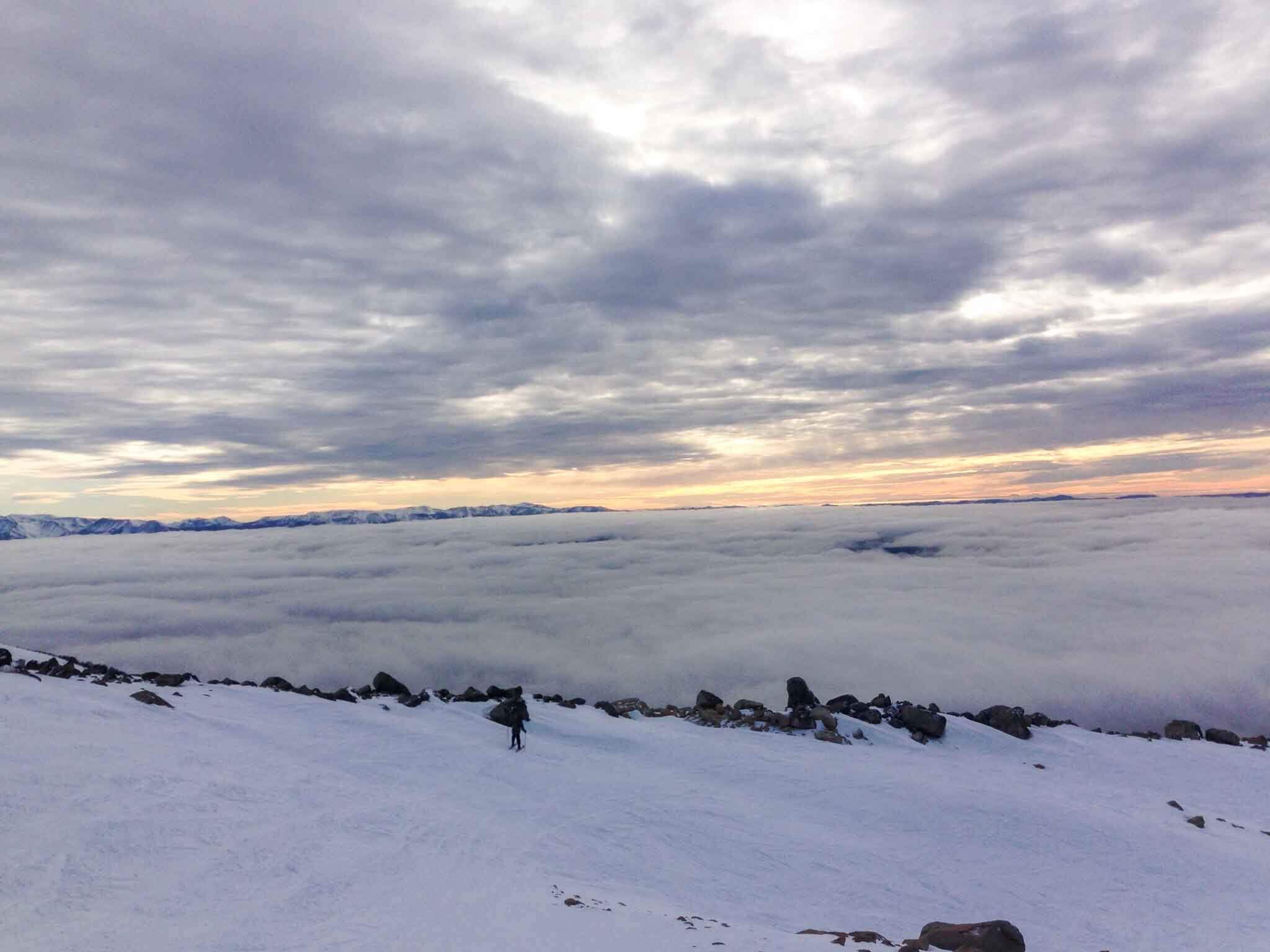
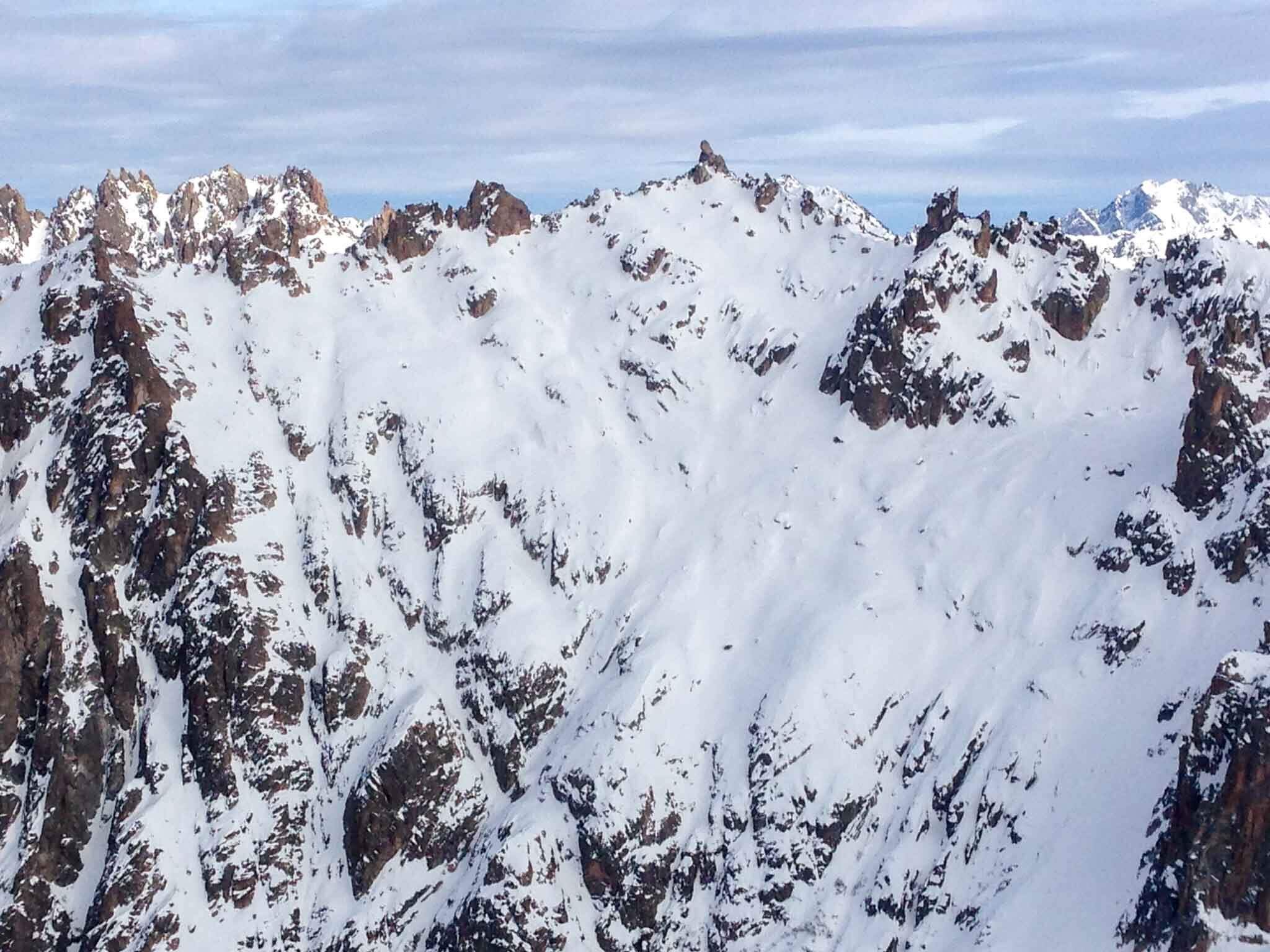
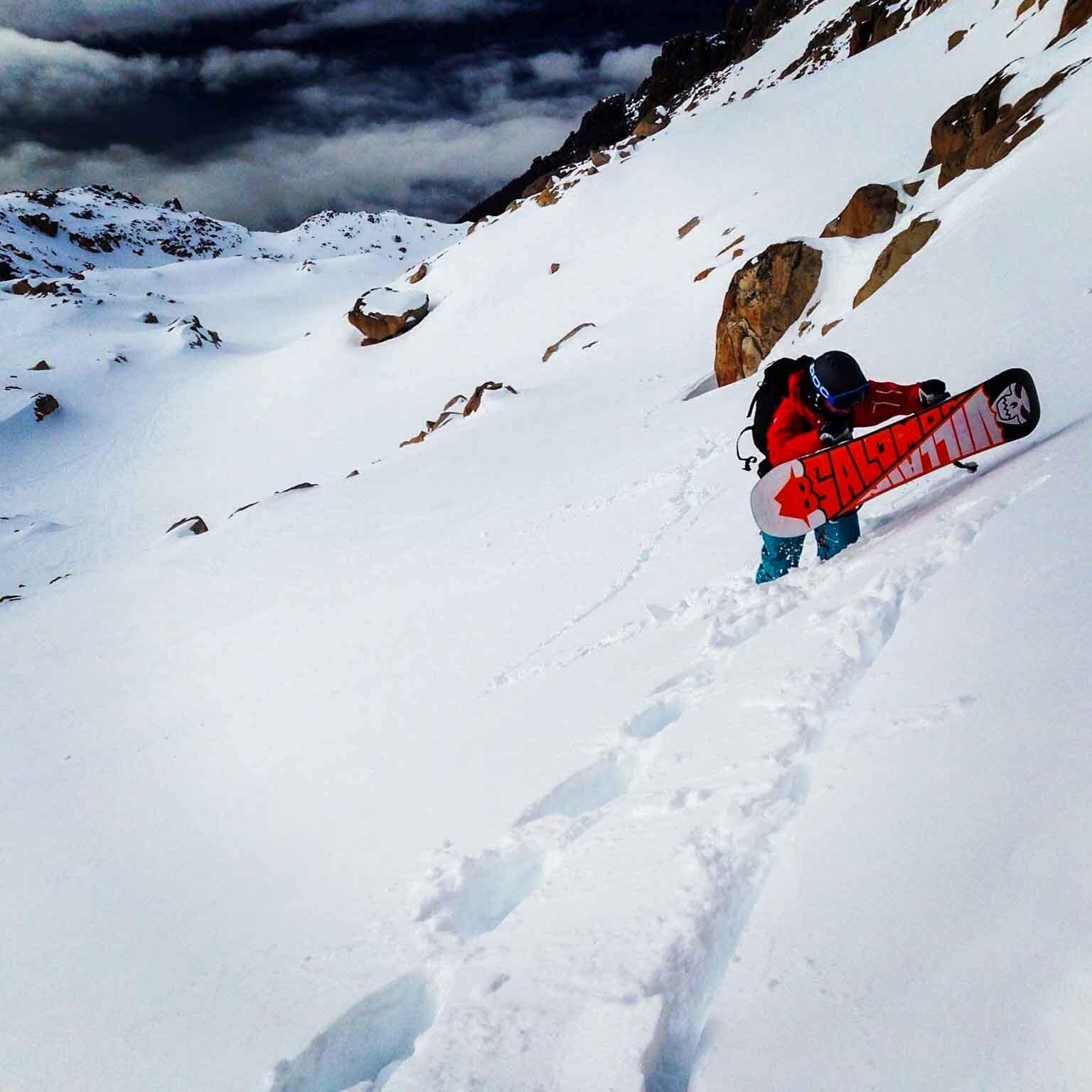
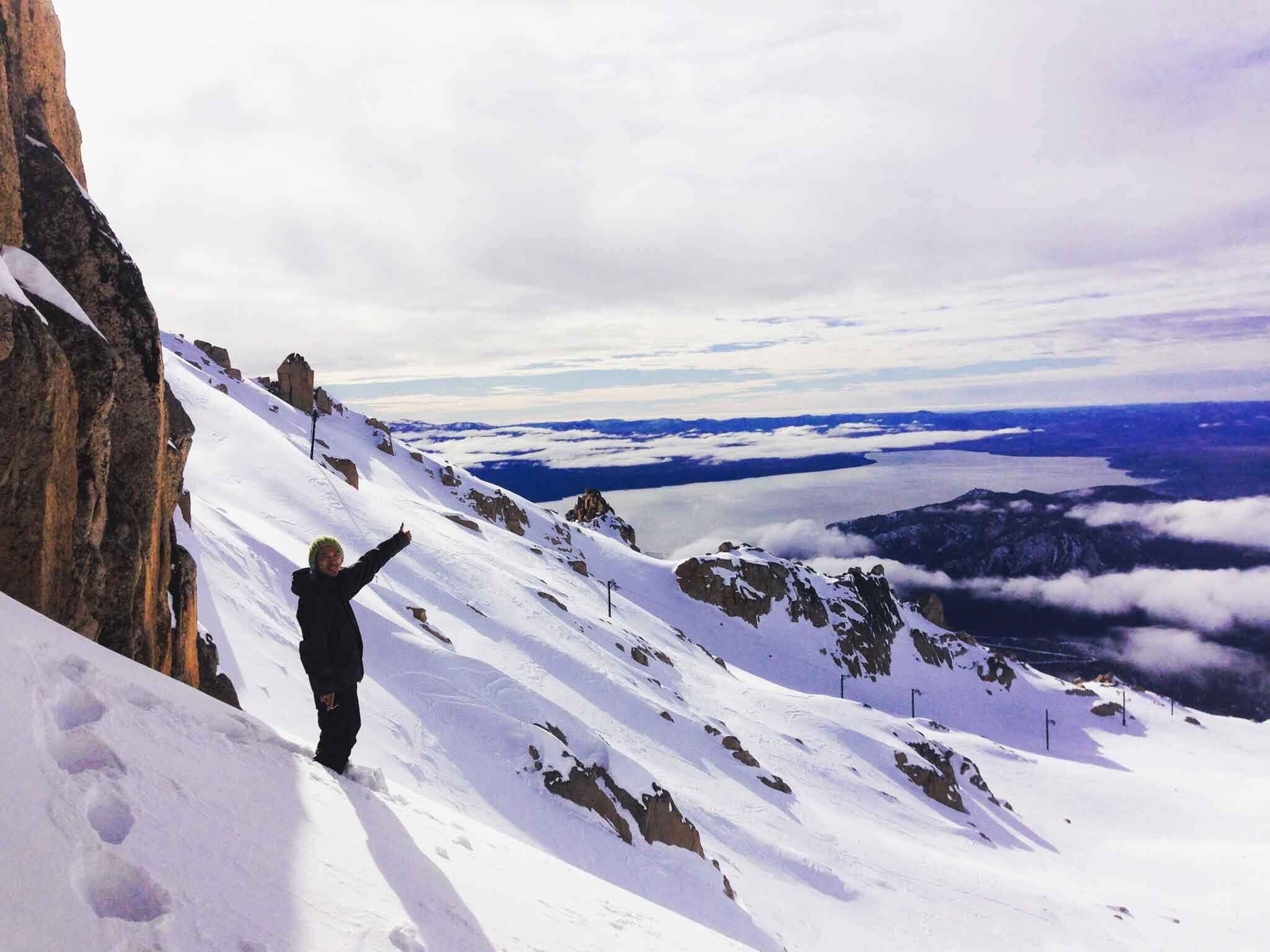
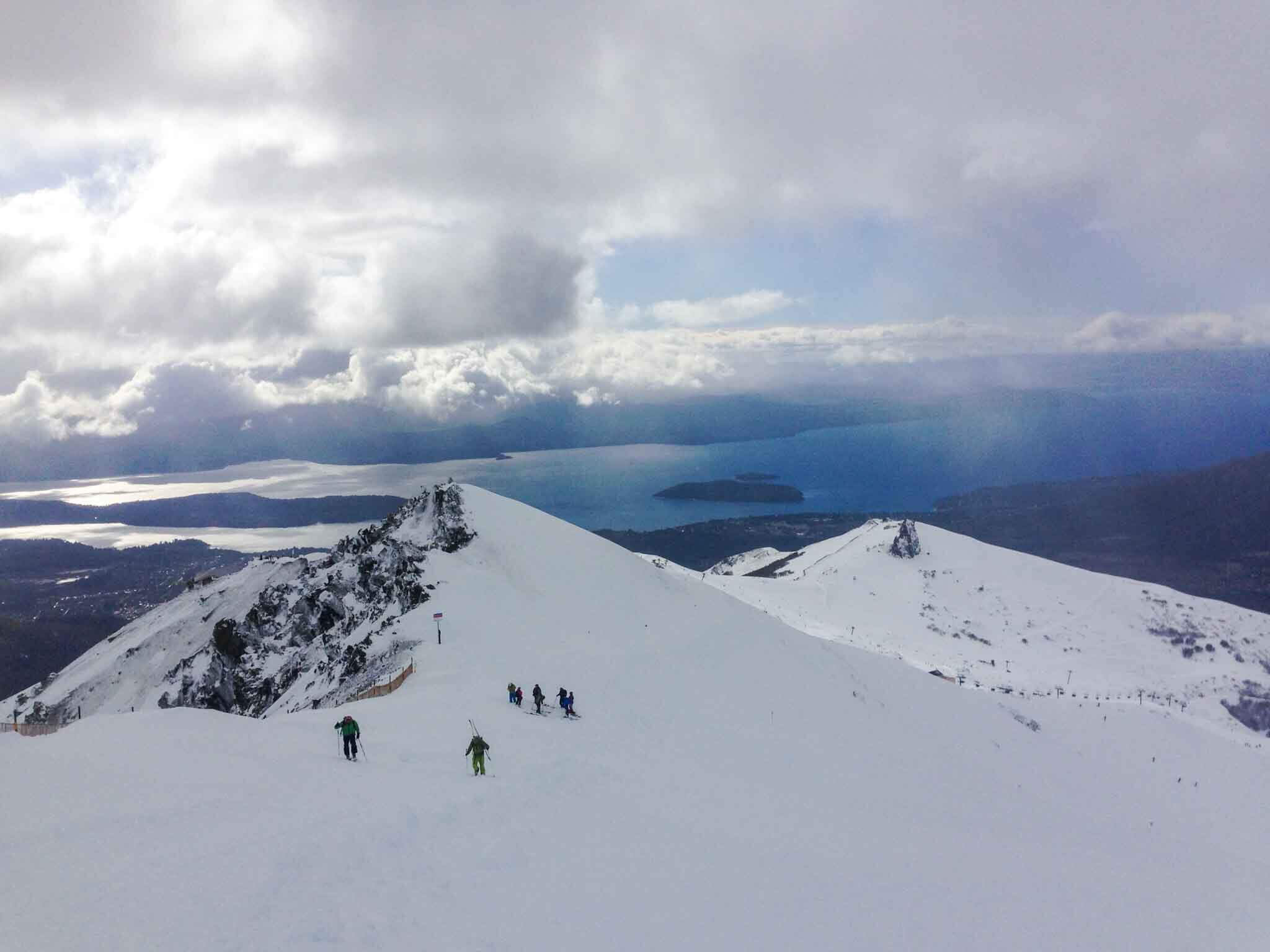
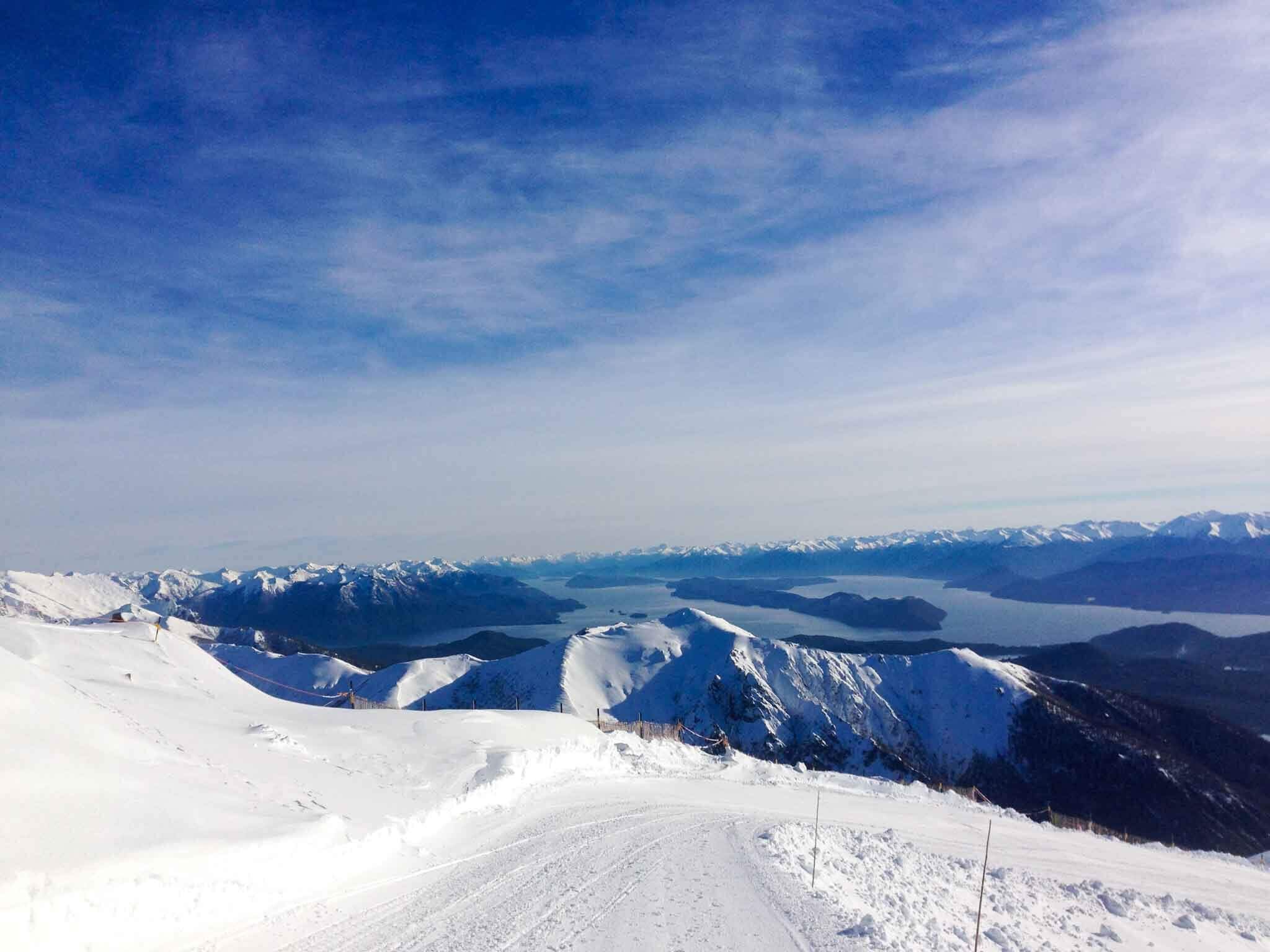
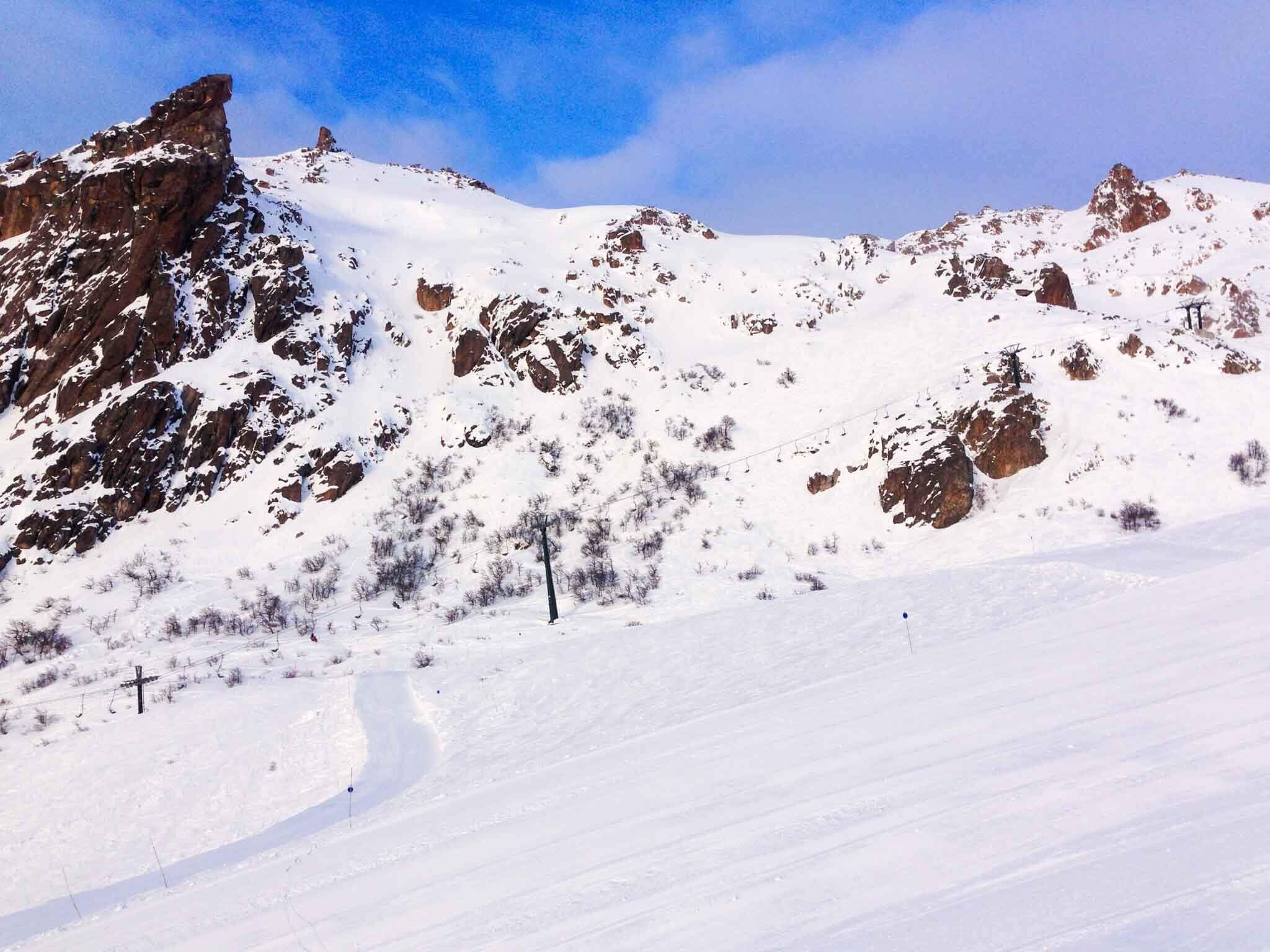
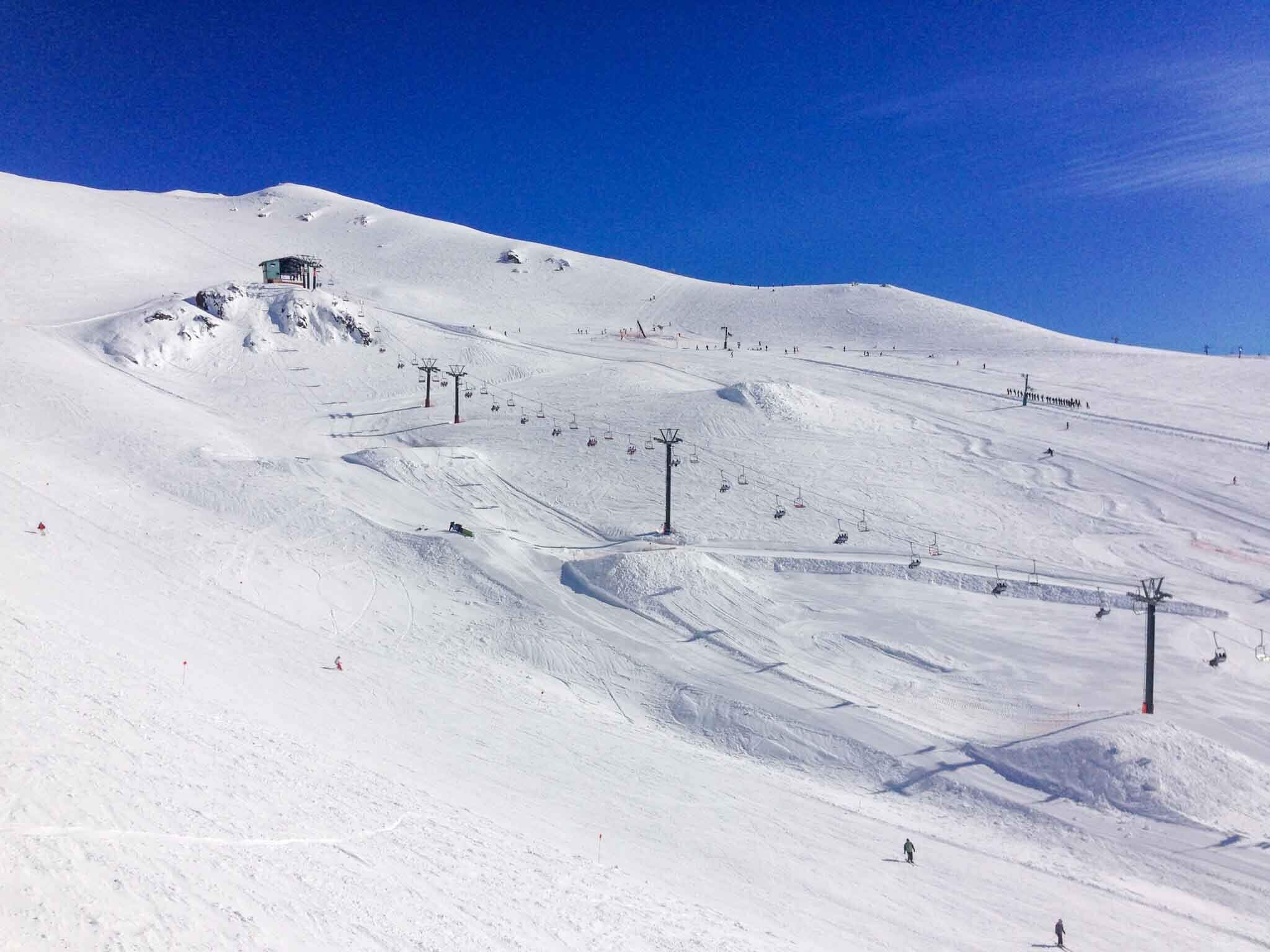
WHAT TO EXPECT WHEN SNOWBOARDING IN ARGENTINA
Snowboarding in Argentina can be amazing and it can be a complete write-off. In Argentina, you really have to be prepared for the worst and make the most of the good days you get. Like in most mountain environments, the weather dictates everything and Argentina can be prone to some pretty serious weather systems. There is nothing quite like the feeling of being sat on a chairlift in 100km winds whilst hoping the resort staff can get the chair running again. With this in mind, Argentina’s resorts can be prone to wind closures that can last days rather than hours.
When conditions are good, Argentina is an incredible place to snowboard. Bluebird days bring with them insane views of Argentina’s rugged landscape and powder days combine epic snow and some jaw-dropping terrain. The majority of my days on snow in Argentina have been positive and it is worth remembering that on the days when things don’t go right.
The resorts are a mixture of modern facilities and some of the slowest chairlifts you could ever experience. Cerro Catedral specifically has a good mixture of high-speed chairs and some older ones that really could do with replacement. With that being said if there is one place I don't mind a slow chairlift ride it’s Argentina, the views are worth it.
Freeride is the main reason to visit Argentina with the Andes Mountain range creating some incredible natural terrain to play in. If freestyle is your thing, then there will be terrain parks to play in but don’t expect the same scale as some New Zealand resorts.
WHY SNOWBOARD IN ARGENTINA
Argentina is a great destination for a summer snowboard trip. Unlike Australia and New Zealand, you will find big mountain terrain within the resort boundaries. This means that not only will you be chasing summer pow laps but you can head into some pretty epic areas to get it. There is hikeable terrain at most Argentinian resorts with Las Leñas and Cerro Catedral having great sidecountry access straight from the chairlift.
Argentinians are great people and will be a highlight of any trip to this awesome country. I found Argentinians to be incredibly welcoming during my travels and even had some volunteers show me their local spots on the hill. I was blown away by the helpful nature of the Argentinians whether it be; hitchhiking to the resort or inviting me for Asado.
Argentina is about so much more than just the on-snow experience. The capital of Buenos Aires is well worth investing a couple of days of your trip to visit. Everything from the historic Plaza De Mayo to watching a football match at La Bombonera should be high on your tourist bucket list. Of course, any trip to Buenos Aires would be incomplete without a steak dinner and a night learning the Tango.
La Laguna @ Cerro Catedral
ARGENTINA SKI SEASON DATES
As summer seasons go Argentina’s is pretty long. Starting in June and running into October. Depending on the season the early and late season conditions can be pretty sketchy with the best time to visit during August. In August you will have your best chance of scoring that Argentinian powder day however it can be crowded during the holiday season. Luckily, my experience is that most tourists to Argentine ski resorts are first-timers and won’t be out stealing your stashes.
POPULAR ARGENTINA POSTS
TRAVEL TO ARGENTINA
Getting to Argentina from London is a long flight, 14 hours into Buenos Aires and you will need to connect to get closer to your chosen resort. Internal flights in Argentina can be expensive but will save you a long bus journey. Argentina’s bus network is pretty impressive and fairly inexpensive. Be sure to choose the ‘cama’ option which is a reclining seat and will offer more comfort.
ARGENTINIAN APRES SKI
Argentinians know how to have fun and this is no different in their ski towns. Most resorts will offer a lively happy hour after the lifts are closed but this is normally just a prelude to what is to come. Argentina is about the community so expect to be invited to eat Asado. If the mood takes you, nightclubs are popular but be prepared to start late with most opening around midnight.
TRAVEL MONEY ARGENTINA
Argentina is famous for a currency that is continually fluctuating. This means getting your money at the right time can make a huge difference in how affordable your trip is. It is well known that in Argentina there are two currency exchange rates, the official rate, and the black market rate. The black market rate will get you around 20-30% more for your money over exchanging your money in banks but this is obviously at your own risk.
ARGENTINA FREQUENTLY ASKED QUESTIONS
IS SNOWBOARDING BETTER IN ARGENTINA OR CHILE?
Argentinian and Chilean ski resorts offer you incredible terrain if you love freeriding. With terrain that will challenge even the most experienced snowboarders, you can really push your boundaries in both countries. Like most places in the world, Argentina and Chile have different scale resorts suited to different styles or levels of snowboarding and you just need to find the resorts that suit your style. There are plenty of reasons to visit both countries for a snowboarding trip.
HOW MUCH IS A SKI PASS IN ARGENTINA?
As with most things in Argentina the actual cost when you consider currency conversion can change drastically. Expect to spend between £40 to £80 per day for a lift pass at the major resorts. It is worth checking out the Flexi pass options if you want some coverage due to poor weather and you can save massively by purchasing multi-day passes.
IS IT SAFE TO TRAVEL AROUND ARGENTINA?
As with all countries is it best to use common sense and proceed with caution in high-risk areas. Our experience is that Argentina is a safe place to travel and we have never had any issues. Listen to local advice and leave potential problem spots before it gets dark. Around the ski resorts, Argentina is incredibly safe and you can feel more relaxed. Buenos Aires is one of the safest cities in South America but it does have its problem spots. In Buenos Aires, areas like La Boca are huge tourist hotspots and prone to crime. We enjoyed visiting La Boca but the advice was always to leave before 5 PM.
DOES ARGENTINA HAVE GOOD SNOW?
Argentina can deliver some epic snow conditions with big mountain powder runs a thing of legend. Typically the ski season has its most reliable conditions through July and August in Argentina so it is best time time your trip between these months.
DOES ARGENTINA HAVE GOOD SKIING?
If you are looking for a summer skiing destination then you can’t go wrong by opting for Argentina. Argentina is home to some mega-resorts like Las Lenas and Cerro Catedral which offer some of the best skiing on the continent. The ski resorts in Argentina are on a bigger scale than those in other summer skiing destinations like Australia.
GET IN TOUCH
As always thanks for reading and know it is your turn to have your say! Let me know in the comment section if you have visited Argentina. What was your favourite activity in Argentina?
PIN IT FOR LATER
IF YOU FIND VALUE IN THIS POST CONSIDER CLICKING THE BUYMEACOFFEE LINK BELOW TO SUPPORT MY CONTENT
Off-Piste Etiquette: Where Is The Boundary?
Whether you love fresh corduroy in the morning or a park lap in the sun, there is one thing that unites all skiers and snowboarders… a powder day! Waking up in the morning to a fresh cover of snow is why so many people work minimum wage resort jobs but when the pistes are tracked out where we go next is often heated debate. Having snowboarded across the continents this is our take on where the boundaries lie.
ARGENTINA
The mountain environment in Argentina is pretty special. The Andes offer towering peaks and pretty harsh weather systems. These weather systems bring plenty of snow but also incredibly high-speed winds that can make the snowpack variable. At Cerro Catedral the freeriding opportunities were incredible and I have heard the same for many other South American resorts.
Cerro Catedrall offers the opportunity for easy access backcountry into La Laguna area and there is no boundary rope showing the laid-back attitude of the South American ski patrols. The Nubes area would close when the lift could not run due to high winds, but there was no barrier to those who would take the hike to the top. This means backcountry at Cerro Catedral and other South American ski resorts should not be taken lightly and you really should operate with caution and knowledge. With the lack of closures at Cerro Catedral, we often found ourselves asking questions and even walking away from a run after reaching the summit of a hike.
JAPAN
If there is one place in the world I had always wanted to experience snowboarding it was Japan. An absolute mecca for skiers and snowboarders, the amount of snow that Japanese resorts receive in a season shouldn’t be legal! With such regular snowfall, heading off-piste or into the backcountry needn't be high on your priority list, that is until you realize just how good tree riding is here in Japan.
Attitudes to off-piste in Japan are completely juxtaposed to what we Europeans are used to. For starters, some Japanese skiers and riders believe that the trees are home to spirits and it was believed these should be disturbed. This attitude resulted in many Japanese ski resorts roping off their tree runs and designating them as out of bounds.
Now I don’t know about you, but if I see an area of widely spaced trees with a carpet of fresh snow that is exactly where I want to be. Fortunately, Japanese ski resorts are starting to open these areas to budding powder hunters, although you may need to take a course to enter.
In Hakuba, these resorts offered off-piste skiing under the following conditions
Hakuba Cortina - No restrictions
Tsugaike Kogen - On completion of DBD course and only in gated areas
Hakuba Iwatake - In gated areas only
Hakuba 47 - On completion of the course and only in gated areas
Norikura Onsen - No Restrictions
Hakuba Goryu - Adventure course only
At least the few resorts not currently opening off-piste terrain to the public are blessed with an incredible snow record. That being said, with the number of Western tourists visiting Japan each year, it can’t be long before these resorts get with the times… Can it?
IF YOU FIND VALUE IN THIS POST CONSIDER CLICKING THE BUYMEACOFFEE LINK BELOW TO SUPPORT MY CONTENT.
NORTH AMERICA
North America is home to some great off-piste resorts with Canada’s powder triangle and America’s West Coast Resorts getting pounded with fresh powder. North American resorts tend to have groomed and ungroomed terrain. In effect, from a European perspective, I would not class it as off-piste.
You can feel pretty safe at all times in the knowledge that even the ungroomed terrain is patrolled, although be aware accidents do happen and it is again down to you to use your best judgment. It is pretty clear within both US and Canadian ski resorts that a rope means DO NOT CROSS and you do so risking not only your life but your lift privileges.
Ropes tend to mean that patrol is currently managing terrain and crossing could put you in range of dynamite, not something I’d advise. Resorts in Canada are starting to introduce gated areas, for example, Sunshine Village has Delerium Dive, but these are still the minority. If you want the true backcountry experience in North America you will have to leave the resort boundaries completely. Outside of the resort’s boundaries, you are in charge of your safety and there isn’t anybody coming to help you if things go array, not without paying huge fees anyway.
EUROPE
Oh Europe, the land of you can ski where you want but if you die don’t look at us culture. Europe pretty much offers freeriders exactly that, the freedom to ride. Do not get me wrong, in Europe, you will find ropes and closure signs however you have the freedom to cross them at your own risk.
Resorts like Verbier offer runs classed as Itineraries which are within the resort’s boundaries but are unmanaged. Normally a row of yellow poles will mark the route down an itinerary run but besides that, you are free to ride wherever you see a fresh turn.
WHY IS IT SO DIFFERENT IN EUROPE?
Well, I think it comes down to two main cultural aspects. Firstly from my experience, in Europe people are more likely to ski with an instructor or guide than in North America. This means Europeans are happy to hire an expert to make safety decisions for them.
Secondly, and linked to point one, by having a culture of hiring ski/snowboard instructors or guides Europeans also promote a culture of learning. This education culture promotes a strong sense of mountain etiquette and understanding of the risks which is not always prevalent when these decisions are made for you by ski patrol.
For this reason, I would urge caution when riding off-piste or backcountry routes in Europe. It is not uncommon to find a crevasse or other unmarked hazards between pistes so what could you find in the backcountry?
NEW ZEALAND
Similarly to North American resorts, in New Zealand, the Ski Patrol will let you know where the boundary is. Any area outside of the pisted terrain tends to be roped off but with gated access. The main difference I found when riding in New Zealand as compared to Canada was that at the gate you would occasionally find a patroller to give you a heads-up on the conditions. Mt Hutt, in particular, was great for this, with a Patroller normally sitting at the entrance to the lower towers informing people about the traverse. In the absence of a patroller, there would normally be a sign giving a rundown of recent conditions.
Leaving the resort boundary in New Zealand is similar to the European attitude… here is the information you need to know, now go and make smart decisions. If you choose to leave the resort boundary you are no longer covered by the protection of ski patrol. New Zealand resorts are small and with this in mind, you may want to explore outside the boundary lines. Outside of the resort’s boundaries terrain isn’t managed for avalanche danger (unless it could cause havoc on the access roads) so be sure to have the correct equipment and ride with a friend.
AUSTRALIA
Ok honestly, Australia is not being added to this list as a joke. Having spent time working Australian winters I know first-hand that Australian snowboarding can be really good. Although resorts are heavily reliant on snowmaking that does not mean there is no backcountry scene. Within the resorts, Australia is similar in approach to New Zealand and Europe. If you step out of the resort’s boundaries you do so at your own risk. Sometimes the best snow can be found outside of the resort’s boundary due to the high wind found at Australian resorts. This wind often blows snow, natural/man-made, out of bounds and into some pretty interesting gullies.
Check out the video below for some insight into Australian backcountry snowboarding.
CHINA
Heading out of bounds directly from the ski resort in China is a big no-no and not actually that exciting. With resorts tending to be purpose-built and with much focus on the inbounds experience, off-piste in China isn’t really a thing. There will be ropes and fences that are possible to cross in the resort, but the risk of losing your pass is rarely worth the rewards as runs are pretty short.
If you are heading to China instead opt for a backcountry tour. The mountains in China can rival anywhere in the world for terrain and the backcountry should be at the top of most people’s lists when visiting. Consider the Altai Mountains which border Mongolia offering some incredible peaks. Our advice is to travel with a guide, as amazing a country as China is, there are plenty of ways you can overstep the line and end up in trouble. Having a guide will help you stay safe both on snow and culturally.
FINAL THOUGHTS
Wherever your travels take you this year if you plan to venture off the groomers be sure to know the local attitudes. By understanding the local’s approach to backcountry you will be in a better place to make decisions that will keep you safe, but also on the right side of ski patrol. Knowing the local culture can inform your decisions with regard to the amount of support you will receive if you run into trouble. If you are heading through the gate and out of bounds, stay safe and ride with a friend.
The Best Argentine Ski Resorts For Your Bucket List
It’s the middle of summer and your feet are itching to get back on your snowboard. You try to distract yourself by watching a couple of snowboard movies but you know the reality… the only thing that can satisfy that urge is to get back on that board and Argentina is calling you, but where do you go? With ski resorts spread throughout the Andes, there are plenty of choices. So please sit back, relax, and let’s break down the best ski resorts in Argentina.
La Laguna @ Cerro Catedral
CAVIAHUE SKI RESORT
Have you ever dreamed about snowboarding on an active volcano? Well, a visit to Caviahue ski resort in Argentina could just be your opportunity to do just that. Copahue Volcano is still active and it is possible to be snowboarding down the slopes at Caviahue and see large ash deposits flying through the air. Everything about the setting of Caviahue is pretty awesome, with the town set on the banks of Lake Caviahue at the base of the volcano.
In terms of terrain, Caviahue has a rather modest vertical drop at 420m with around 20 pistes across the resort. For advanced riders, the most interesting line is hiking to the top of the Volcano, conditions permitting… obviously. Caviahue is best suited to beginner and intermediates with 70% of the terrain dedicated to these abilities. Caviahue has a decent snow record and receives over 6m of snow per season.
Caviahue Ski Resort Piste Map
CERRO BAYO
If epic views are your thing then Cerro Bayo ski resort has you covered. From Cerro Bayo, there are panoramic views across Lago Nahuel Huapi and into Chile that will have your friends frantically taping the like button. The views from Bayo across the lake make for a rather surreal experience, at times you feel like you are snowboarding on a postcard.
Cerro Bayo is a small ski area, especially in comparison to its nearby bigger brother Cerro Catedral. With only 14km of pistes, equal to The Remarkables in New Zealand, you could be forgiven for deciding to give Cerro Bayo a miss but hat would be foolish. Similarly to The Remarks, the fun at Cerro Bayo is on the off-piste. It is in the off-piste where you will have the best time hunting down those powder stashes.
Cerro Bayo Ski Resort Piste Map
CERRO CASTOR
Here is one for the bucket list, snowboarding at the most southerly ski resort in the world, Cerro Castor. If that tickles your fancy then be sure to read on as Cerro Castor ski resort offers a pretty unique experience. Outside the town of Ushuaia, Cerro Castor is a mid-sized ski resort that has the lowest ski resort base in Argentina at 195m. If you were in Europe, a lower base might have you worried but not here where the harsh conditions and cold climate ensure that Cerro Castor receives over 5m of snow per season. In the event of a bad season, Cerro Castor has invested in snow-making to ensure it can keep operations flowing.
Cerro Castor Ski Resort Piste Map
Cerro Castor has a vertical drop of over 850m which opens up some decent terrain. The figures will tell you around 30 marked trails with the majority of the terrain suited to beginners. It is outside of the resort’s boundary where the terrain comes alive for the more advanced skiers and snowboarders. There are plenty of touring opportunities at Cerro Castor so bring your split-board.
CERRO CATEDRAL
The closest ski resort to Bariloche, the gateway to Patagonia, Cerro Catedral has some of the most immense views we have ever seen at a ski resort. Looking down on Lago Nahuel Huapi and across into Chile almost distracts you from actually snowboarding. The resort itself is no less impressive with the top of the resort covered in large granite rock formations that form an imposing landscape.
Cerro Catedral is a large commercial ski resort that has seen lots of development on lifts and infrastructure. There are still modernizations needed with a number of slower, older lift installations in place, however, it is moving in the right direction. If you want to stay closer to the action than Bariloche, Cerro Catedral has a purpose-built village at the base. The village is lively with a number of places to eat and an exceptional chocolate shop.
Cerro Catedral is second to none in terms of South American terrain. The largest ski resort not just in Argentina but in South America, Cerro Catedral Alta Patagonia has it all. The 120km of pistes are mostly suited to intermediates, with around 30km of that making up advanced terrain. The best part of snowboarding at Cerro Catedral has to be the side country. La Laguna is a short hike or tour from the main lifts and offers numerous off-piste options. The area at the top of the Nubes chairlift is also great when conditions are right, although this will close on high wind days. Cerro Catedral also has a pretty decent terrain park, fairly modest in size but is serviced by its own chairlift and has a line for jibs and jumps.
La Laguna @ Cerro Catedral
CERRO CHAPELCO
The town of San Martín de Los Andes is along one of the most scenic drives in Argentina, The 7 Lake Route or Los 7 Lagos Ruta. This road is worth driving without the possibility to snowboard but with Cerro Chapelco en-route it would be silly to miss the opportunity.
Cerro Chapelco Piste Map
Cerro Chapelco has some great facilities and is fairly modern compared to lots of South American ski resorts. There is a gondola to take you from the base to the mid-mountain where you can take further chairlift’s to the highest lift points at 1980m and 1970m respectively. The terrain at Chapelco ski resort looks quite small on paper with around 20 trails. There is a considerable vertical drop of 730m which at least guarantees you a long run to the base area. If you are looking for a challenge you will need to head to the upper areas of the resort where it is possible to find bowls and chutes just outside the resort’s boundary. Inbounds, there is off-piste riding that can be really fun in the right conditions.
Beginners will be happy at Chapelco with some rather mellow beginners terrain accessible. There is a long winding green run from outside Refugio Graeff at mid-mountain that ambles its way down to the base area.
LA HOYA
La Hoya is found outside of Esquel, an old mining town nearly 200 miles south of Bariloche. The vibe in Esquel is completely different from that of bustling Bariloche. Similarly, La Hoya is nothing like the much larger Cerro Catedral but that’s ok. At La Hoya, you will find a small ski area with a small terrain park. The resort only has around 20km of pisted terrain but this is much more when you consider the off-piste.
Freeriding at La Hoya is opened up by taking the ‘Traversía Del Filo’ which opens up a much larger area of terrain. Following the traverse, you can have your pick of steeps, chutes, and powder lines in the wide bowl. La Hoya will treat you to enough days to make the most of the traverse with an exceptional 8m of snow falling per year in the resort.
La Hoya Ski Resort Piste Map
LAS LEÑAS
Possibly the best-known ski resort in Argentina, Las Leñas is a freeride mecca. The definition of big mountain snowboarding, Las Leñas has plenty of terrain dedicated to expert skiers and snowboarders. Its butt-clenching lines are what attracts many pro riders from around the globe.
At Las Leñas you will find a number of large gated off-piste zones that can make the resort seem huge. Unfortunately, a lot of this terrain is accessed at the top of the Marte chairlift that can spend a long time closed, with the resort staff said to be quite slow at opening the Marte chairlift after a storm. When everything is open at Las Leñas ski resort there is a pretty impressive 1,200m of vertical drop which shows there is plenty to get those thighs burning. On the pistes, you will find some excellent groomed runs which are great in the mornings. Intermediates/advanced snowboarders will enjoy making the most of these whilst the Marte is closed.
Similar to most Argentinian ski resorts Las Leñas can receive around 6m of snow per season, although it does go through bad seasons. When the conditions are right there are not many better places to be. To avoid disappointment consider a longer trip to Las Leñas to make the most out of the resort.
Las Lenas Piste Map
LOS PENITENTES
Close to the border and the famous Chilean ski resort of Portillo, you could be forgiven for driving straight past Los Penitentes. Los Penitentes ski resort doesn’t receive a large amount of international tourism but that shouldn’t put you off. If you make the journey to Penitentes you will be rewarded with some interesting terrain and decent snow.
With the highest lift point at 3,190m, Los Penitentes ski resort is high in the Andes but is still dwarfed by the surrounding peaks. The ski area is rather small with 25 pistes but half of the trails are dedicated to red and black runs which means there is plenty of challenge to be discovered. In addition to the pisted terrain, there are splitboarding opportunities available and off-piste to be explored.
GET IN TOUCH
As always thanks for reading and know it is your turn to have your say! Let me know in the comment section which of these resorts you have visited? Are any on your bucket list? Or have I missed out on the best of the lot.
PIN IT FOR LATER
CARE TO SHARE?
IF YOU FOUND THIS POST USEFUL AND YOU THINK IT MAY ALSO HELP OTHERS, PLEASE LIKE, SHARE AND COMMENT TO PROMOTE IT TO OTHERS
My Favourite Things To Do In Buenos Aires
Argentina is a country that welcomes you to enjoy yourself, to socialise and to spend time with the locals. The traditions of eating asado and drinking maté attest to this. The capital city Buenos Aires is a symbol of Argentina’s history and traditions and is waiting to wow you with; an incredible history, sumptuous food and quality wine. Buenos Aires is a city that is constantly moving, whether dancing the tango around street corners and through cobbled streets or into the early hours in one of the many nightclubs. The following are my favourite things to do and see, in one of my favourite cities in the world.
PLAZA DE MAYO
Plaza de Mayo is about much more than the colourful Casa Rosada that may draw the majority of your attention. If you can take your eyes off this stunning building and look towards the ground you will notice the white scarves painted in the square. These scarves represent Las Madres de Plaza de Mayo, a group of mothers and grandmothers who meet weekly in the square to protest. They are the parents and grandparents of the disappeared generation, 30,000 young people who went missing during the Dirty War.
Similarly, you will find disgruntled Falklands war veterans who have a camp manned 24/7 in the Plaza de Mayo. The veterans of the Falklands war are found here protesting for recognition of their efforts during the Atlantic conflict.
Ultimately, your attention will wander towards the pink house that stands proudly at the east end of the Plaza de Mayo. Casa Rosada itself is unique in its appearance from the surrounding buildings with its baby pink colour setting it apart. The balcony famous for the speech of Eva Perón is clearly visible from the square. Casa Rosada maintains a political significance as the workplace of the Argentinian President.
LA BOCA DISTRICT
I am not sure I have been to an area of a city that more accurately suits the word vibrant. From the colourful buildings to the atmosphere of music and celebration, La Boca is my favourite part of the city. Renowned for Caminito Street, a street lined with buildings painted in the brightest; reds, yellows, blues and greens, La Boca is a fantastic area to take photographs.
Although La Boca is a district famous for welcoming tourists it also has a rough reputation. It is fair to say that La Boca is one of the poorer working-class areas of the city. Nothing represents this area better than La Bombonera, home of Boca Juniors and a place of worship for the local community. Boca as a team is true to its routes, famous for its dogged, hard-working style of play. Like most tourist areas, crime is possible in La Boca with pickpockets operating in the area and people advise to leave before dark. But my experiences in this area were positive, with memories of celebration and community.
WATCH A FOOTBALL MATCH
Argentina is a football country and Buenos Aires is a football city, there really is no debate in this regard. Football is a way of life for many Argentines and having the opportunity to watch a live match in Buenos Aires was a great experience. There are six teams in the Argentine Primera División that are based in Buenos Aires, including the two most successful; Boca Juniors and River Plate.
You will need to choose a side to follow in this debate and once you have it is impossible to switch back. The rivalry is stronger than anything we experience between European football teams. This is part of what makes attending a Primera División match such a spectacle. The supporters are so passionate about their team and there is a true party atmosphere in the stands.
I was fortunate to see a local derby between Boca Juniors and Vélez Sarsfield at La Bombonera during my stay in Buenos Aires. As a season ticket holder at a UK football team and having watched matches all over Europe, I can honestly say nothing has compared to the experience of standing behind the goal in La Bombonera. The noise in the stadium is incredible and as the fans jump it feels like the stadium is moving beneath your feet.
Sadly, tickets are no longer sold directly outside of membership schemes so it is likely you will need to purchase one through an agency at an inflated price.
AVIENDA CORRIENTES
What feels like the centre of Buenos and the meeting point for many important streets is Avienda Corrientes or Corrientes Avenue. Contentious when it was planned, the widening of Corrientes Avenue only eventually happened following the Coup d’ètat in 1930. Extending 69 blocks, this main thoroughfare for traffic in the capital leads off to some of the most important streets in the city.
Stood tall at 67.5m (221ft) in the centre of Corrientes Avenue is the Obelisco de Buenos Aires. The Obelisk not only commemorates important past dates with inscriptions but is used as a symbol for current celebrations or commemorative occasions. In potentially the most unique of these occasions, the Obelisk was decorated as a condom for World AIDS Day in 2005.
EAT EMPANADAS
Empanadas are synonymous with Argentina and vendors can often be found on every street. Coming in a variety of flavours, empanadas are essentially baked dough with a filling inside. This can be anything from beef to cheese or chillies to a pumpkin. A trip to Buenos Aires wouldn’t be complete with trying empanadas and luckily for you, they won’t be hard to find.
Photo Credit: @eejermaine
SAN TELMO MARKET
If you are into street music, good food and souvenir searching then San Telmo’s market could be just the activity for you. Operating on Sunday the market is popular with both patrons and pickpockets, so be wary of your belongings. The atmosphere is pleasant and relaxed with street performers and places to sit and eat.
If you can’t make the Sunday market then there is an indoor market that operates throughout the week. This large indoor market opened in 1987 to cater to European immigrants and has been running ever since. The Mercado de San Telmo is more food orientated than the Sunday market.
TANGO
Tango is everywhere in Buenos Aires, it is impossible to escape it, with that in mind you may as well throw yourself in with both feet. There are plenty of opportunities to learn to Tango or you can just sit back and watch the dancers at work.
Booking a dinner and tango show in Buenos Aires is a great way to get a lesson and enjoy a show but these can be quite expensive. It is just as easy to find Tango on the streets or in the milongas of Buenos Aires.
DINE OUT
If there is one thing that defines my experience of Argentina it is the food. Dining in Argentina was about community and nothing quite says this like asado. Asado is a huge part of the Argentine tradition and involves having a barbecue and socialising with your nearest and dearest. Throughout my time in Argentina, I lost count of the amount of Asados I was invited to and I can assure you I didn’t turn one down!
This community aspect of Asado translates itself into the Buenos Aires dining scene with locals enjoying eating out. Argentina’s diet is very meat-heavy with steak restaurants everywhere. The quality of the meat is superb with Don Julio being a favourite in Buenos Aires.
RECOLETA CEMETERY
If you think the idea of visiting a cemetery is rather strange… well I did, but Recoleta certainly doesn’t disappoint. The Recoleta cemetery is the resting place for the Argentine elite and upper class and this is reflected in the mausoleums. The mausoleums themselves are elaborately decorated as a kind of brag towards the owner’s wealth or power.
The resting place of Evita Perón, Recoleta cemetery resembles a maze where it is easy to get lost amongst the many aisles and mausoleums.
My favourite mausoleum is the one dedicated to Salvador Carril and Wife Tiburcia Dominguez. The couple had fought a public argument in the national newspapers, with Salvador complaining his wife was too lavish in her spending. Tiburcia lived longer that Salvador and before her death instructed her bust to be placed with her back to his. It remains that way to this day.
STREET ART
For a city and country that is artistic in its very nature, with music and dancing prevalent in all areas, it is only realistic to expect expression to be found in the form of street art. Although not something I specifically went looking for, it was clear to me that in every area of the city street art could be found. As with most art, there was a story, the murals with this piece found in La Boca depicting a mother of the Plaza de Mayo and naming Graciela Pennelli who disappeared during the dirty war. ‘Never Forgive or Forget’.
FLORALIS GENÉRICA
Sticking with the art theme is Floralis Genérica, a sculpture donated by Argentine architect Eduardo Catalano. This unique installation is a moving sculpture of a flower that opens and closes its petals throughout the day. Installed in 2002, the huge metal flower sits in Plaza de las Naciones Unidas. The petals open in the morning and are closed as the sun sets in the evening.
GET IN TOUCH
So there you have it. Some of my favourite things to do in Buenos Aires but now it’s time to hear from you. What are your favourite activities in Buenos Aires? Let me know in the comment section.
PIN IT FOR LATER
South American Snowboard Guide
Whether a visit to the Bolivian salt flats has been on your mind, or you want to enjoy a carnival in Rio, there are plenty of incredible reasons to visit South America. Luckily for us snowboard fanatics it is also possible to search out powder lines in the amazing Andes mountain range. Snowboarding in South America offers an opportunity for us Northern Hemisphere snowboarders to get some laps through the summer months.
Photo Credit: @hungriadb
WHERE TO SNOWBOARD IN SOUTH AMERICA
South American snowboarding is found in either Argentina or Chile in the Andes mountain range. The Andes offer an insane landscape of high mountain peaks surrounded by beautiful lakes which makes South American snowboarding some of the most scenic in the world. South America has some world-renowned ski resorts such as; Cerro Catedral, Las Leñas, Portillo, Valle Nevado and La Parva, however, it is perhaps equally well-known for its extensive backcountry terrain.
IF YOU FIND VALUE IN THIS POST CONSIDER CLICKING THE BUYMEACOFFEE LINK BELOW TO SUPPORT MY CONTENT.
SOUTH AMERICAN SKI RESORTS
ARGENTINA
Heading to Argentina to experience the Southern Hemisphere winter is one trip I will never forget. Yes, the resorts are incredible but an Argentinian snowboard trip should be about more than the on-snow experience. Argentine steak is known as some of the best in the world and the community experience of asado is both tasty and a great way to meet the locals.
Argentina has a number of quality ski resorts with Cerro Catedral and Las Leñas amongst the most famous. Cerro Catedral, near the bustling town of Bariloche, offers high-speed lifts, a decent park and most importantly some awesome freeride terrain. Inbounds at Cerro Catedral, the Nubes is great but if you are looking for more adventure consider heading into La Laguna. Las Leñas ski area is closer to the Chilean border and is best known for its freeride terrain.
Other notable Argentine ski areas are Chapelco, Cerro Bayo and Cerro Castor. Cerro Castor sits at the most southerly point of Argentina, just outside of Ushuaia and is a resort I am really keen to visit. Cerro Bayo is quieter and smaller than Cerro Catedral so offers a more relaxed experience. Also smaller but with modern facilities, Chapelco is worth the visit. Chapelco has a modest amount of trails but its 730m of vertical drop is enough to keep most satisfied. Heading to Chapelco is a must as it is situated just outside of the town of San Martín de los Andes. The town has a stunning location along the Seven Lakes Road or Ruta de los Siete Lagos which is a drive well worth taking.
Los Penitentes ski resort can be skied in the Mendoza region but is small and is more likely going to form an add on to your trip to Las Lenas. If you are looking for something more affordable then consider La Hoya ski resort. La Hoya is south of Cerro Catedral near the town of Esquel.
Hiking into La Laguna backcountry
CHILE
Does the idea of snowboarding on an active volcano appeal? Well, add Chile to your list of need to visit ski destinations. Similarly to Argentina, Chile will offer spectacular views and some pretty epic terrain. A snowboard holiday to Chile offers you the chance to chase powder laps and experience Chilean culture.
Like Argentina, you will need to take a long flight, but unlike Argentina when you arrive in Chile the main resorts are not too far away. Close to the capital of Santiago, you will find the resorts of Valle Nevado, La Parva, Farellones and El Colorado. Valle Nevado offers world-class facilities and is perhaps one of the most widely known Chilean ski resorts. A not so short 164km drive from Santiago and you can visit Portillo, home to some epic freeride terrain and noticeable by its iconic yellow Hotel Portillo. The closer the resorts are to Santiago the better the infrastructure and quality of the facilities. Sadly, this also means the more expensive the lift pass becomes.
You will find a further 15 resorts spread throughout this rather strangely shaped country. The more southern resorts mostly boast slower chairlifts or surface lifts. Of the more southern resorts, Nevados de Chillan is worth adding to the list as it receives a rather epic 10m average snowfall.
WHEN IS THE ARGENTINA AND CHILEAN SKI SEASON?
The ski season in South America begins in June and will run into October. Early and late season conditions can be incredibly variable and therefore it is much better to visit South American ski resorts in August for reliable snow cover.
LIFT PASS OPTIONS
There are some multi-resort lift passes that will offer you some summer laps in South America. The major one is the Ikon Pass from the US. The Ikon will get you 7 days of free lift access at Valle Nevado in Chile which is great if you are already using this pass in the US. Weirdly, as it stands Vails Epic Pass has no partner destinations in South America. You can also get 2 days of free skiing at Valle Nevado with the Mountain Collective Pass ... but that is hardly much to write home about.
WHY I LOVE SNOWBOARDING IN SOUTH AMERICA
South America as a continent offers some of the greatest variety of skiable terrain in the world. The Andes mountain range is epic and offers an incredible backdrop to your ski or snowboard trip. But it would be remiss to ignore the holistic aspects that make a ski trip to South America stand out. Yes, you will love your time on the ski hill but more than that, South America is about the whole experience. Inherently, South Americans are welcoming and sociable. This single trait will lead you towards many an afternoon sipping maté or evenings eating asado with new friends. My experience is that South Americans are all about enjoying life. Be prepared to throw yourself into a Latin culture that likes to party, that likes to dance, that is open to new people. My experience is that the friends you meet at asado normally make great people to ski with the next day.
IF YOU FIND VALUE IN THIS POST CONSIDER CLICKING THE BUYMEACOFFEE LINK BELOW TO SUPPORT MY CONTENT.
FREQUENTLY ASKED QUESTIONS
IS SNOWBOARDING BETTER IN ARGENTINA OR CHILE?
Due to the geographical layout of the countries, there are a lot of similarities to be found between Argentine and Chilean ski resorts. It is perhaps best to compare the snowboarding between north and south rather than by country. The southern Andes and Patagonia regions are prone to some pretty extreme weather. This can mean incredible storm cycles that dump loads of pow into the resorts of Cerro Catedral or Nevados de Chillan. Unfortunately, this extreme weather can also lead to resort closures! The further north you go the more extreme freeriding can be found with Las Lenas and Portillo being particularly famous for their terrain.
HOW MUCH DOES IT COST TO SNOWBOARD IN ARGENTINA AND CHILE?
Lift passes in South America’s premier ski resorts are not cheap! Day passes can set you back around 80USD a day at Valle Nevado or Cerro Catedral resorts. Due to the fluctuation in the Argentine Peso, your trip can be noticeably cheaper or more expensive depending on the current rate of inflation.
WHAT SKI RESORT GETS THE MOST SNOW IN SOUTH AMERICA?
The average annual snowfall for ski resorts in Argentina and Chile is around 6-7m. Nevados de Chillan and Ski Pucon receive the most snow and can hit 10m in a good year. In Argentina, Las Lenas is well known for the quality of its powder and receives 6m per year on average.
EXPLORE BY COUNTRY
Chile
Coming Soon
GET IN TOUCH
As always thanks for reading and if you want to learn more about skiing and snowboarding in South America check out some of the featured posts below. I’d love to hear from you and now it is your turn to have your say! Get in touch in the comments or via socials to tell me about your South American skiing or snowboarding experiences. Have you done something cool away from the slopes or do you have any questions that I can help you answer?
CARE TO SHARE?
IF YOU FOUND THIS POST USEFUL AND YOU THINK IT MAY ALSO HELP OTHERS, PLEASE LIKE, SHARE AND COMMENT TO PROMOTE IT TO OTHERS
PIN IT FOR LATER
Cerro Catedral Ski Resort Guide
If you are looking for a well-developed ski resort in South America, well Cerro Catedral is your best option. The largest ski area in South America, Cerro Catedral has it all. A one-stop-shop for experiencing the best of the Argentine ski scene. At Cerro Catedral ski resort you will not only find some incredible terrain but you will find the views to match. Catedral’s location looking over Lago Nahuel Huapi is stunning and firmly cements its place amongst the most scenic ski resorts in the world.
Views from @ Cerro Catedral Across Lago Nahuel Huapi
CERRO CATEDRAL FIRST IMPRESSIONS
Flying into the local town of Bariloche it is easy to see what draws not only mountain lovers but tourists to this area. The Andes are spectacular and the location of Bariloche on the banks of Lago Nahuel Huapi is something extra special. You will need to leave the town of Bariloche and drive just over 16km to reach the resort and village base at Cerro Catedral. Now known as Catedral Alta Patagonia, the resort and village are about as modern as it comes in South America. You will find a fully functioning ski town, with accommodations and ski shops lining the pathways to the lifts. A particular highlight is the smell coming from Rapanui, a delightful chocolatier you will find both in Catedral and Bariloche.
CERRO CATEDRAL SKI RESORT
Catedral Alta Patagonia is huge and offers the largest lift accessible ski area in South America. There are over 30 lifts to transport you uphill around the 3000 acres of ski area here. There is an expanse of off-piste and sidecountry terrain at Cerro Catedral and this can make the skiable terrain seem endless. Inbounds you will find 120km of pistes that are most suited to intermediate skiers and snowboarders. Snowboarders who love to cruise the blues will really enjoy Cerro Catedral and if you are a competent red rider then Panorama will be a favourite. Panorama is a beautiful red run that winds its way from the top of Nubes chair offering (yes you guessed it,) panoramic views of Lago Nahuel Huapi and the Andes mountains.
Beginners will be happy enough at Catedral with a designated beginners area at the base and at mid-mountain. If you are learning for the first time whilst visiting Catedral aim to visit outside of the holiday season as the resort can get swarmed by Brazilian tourists making the learner slopes pretty hectic.
La Laguna Off-Piste @ Cerro Catedral
Where Catedral Alta Patagonia comes alive is in the advanced terrain. When conditions are good at Catedral this is one of the best resorts you can be at. The short hike into La Laguna is well worth it and offers up a good range of off-piste options. In La Laguna, you can hike to the imposing granite towers that give Catedral its name. This area is where we had our best days at Cerro Catedral ski resort, exploring the terrain and finding new ways to snowboard back down into the resort. Advanced skiers and boarders will also appreciate the lift accessible turns you can get straight from the Nubes chairlift. Directly under the chair, there are some steep runs lined with rocks however, these can get tracked quickly during the peak periods.
If you find value in this content please consider supporting the website by clicking the image below and buying me a coffee.
CERRO CATEDRAL FOR BEGINNERS
Beginner skiers and snowboarders will find a few areas to learn at Cerro Catedral with magic carpets and beginner’s lifts right outside Plaza Amancay and at the top of both Princesa 1 and Amancay gondolas. The beginner areas at Catedral can be really busy during holiday periods with an influx of Brazilian tourists learning to ski for the first time. Away from the never-ever slopes, Catedral ski resort has some interesting greens on the lower mountain. In the right conditions, beginners can ski from Esquiadores chair back to the base via a winding green trail 1200.
The main greens at Cerro Catedral are on the lower mountain meaning that they can be subject to poor conditions late in the season or during a lean snow year.
CERRO CATEDRAL FOR INTERMEDIATES
Intermediates will find no shortage of blue and red trails at Catedral Alta Patagonia. The reds and blues link together nicely across the mountain to ensure that intermediates can pick their preferred route down to the base.
The area underneath the Condor 1,2, & 3 chairs link together some long trails that head down to the base area. Beware, the Condor chairs are pretty old-school and not known for their speed. Elsewhere the Nubes chairlift accesses not only one of the prettiest runs on the mountain, Panorama, but also some interesting blues, Nuber and Paralela, which run alongside the Cerro Catedral terrain park.
CERRO CATEDRAL FOR ADVANCED
Although Cerro Catedral ski resort caters well to intermediates it is for the advanced skier that it comes into its own. The Nubes area was amongst my favourite hangouts with some great off-piste routes which pick their way between the rocks and are lift-accessible.
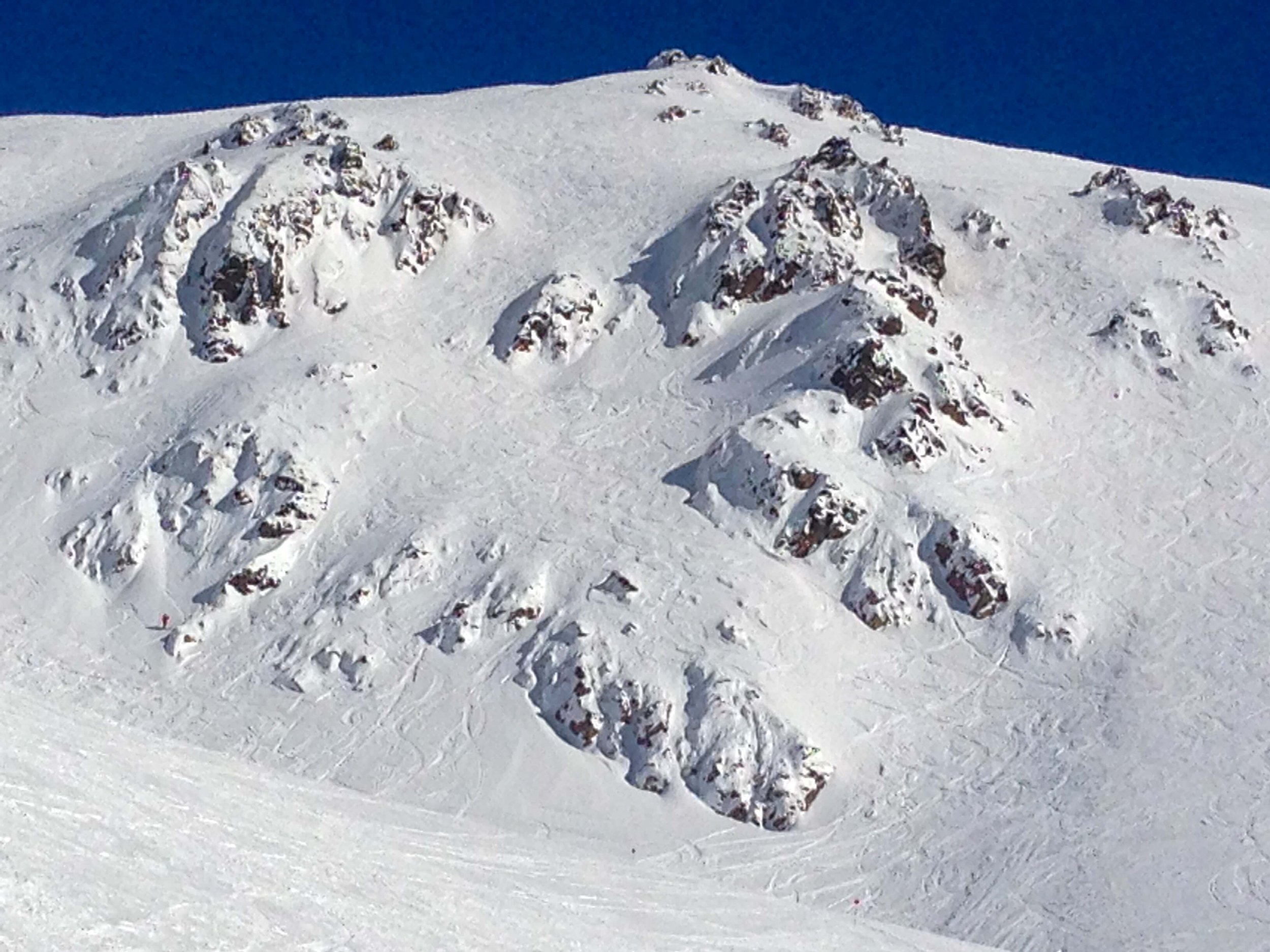
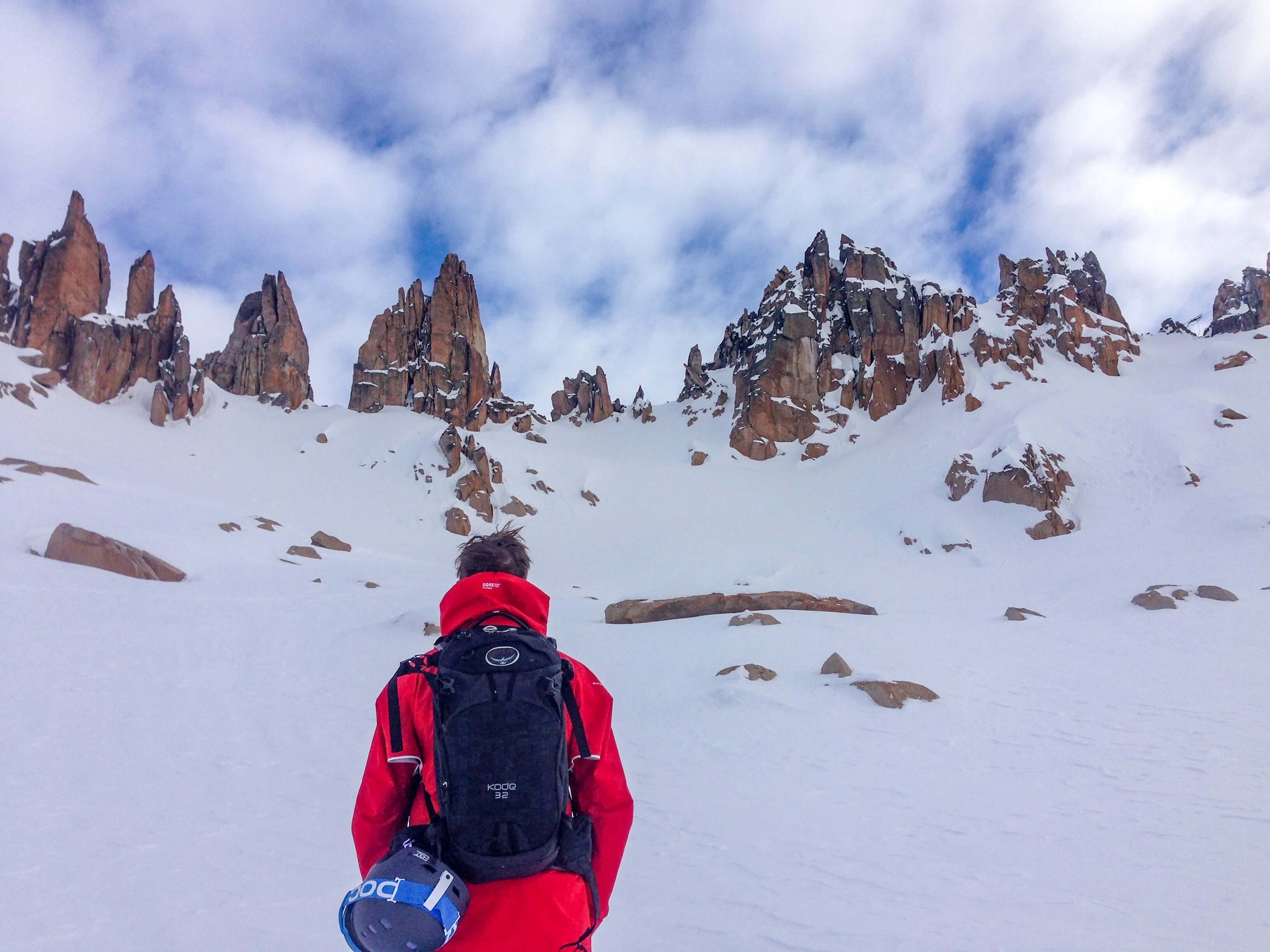
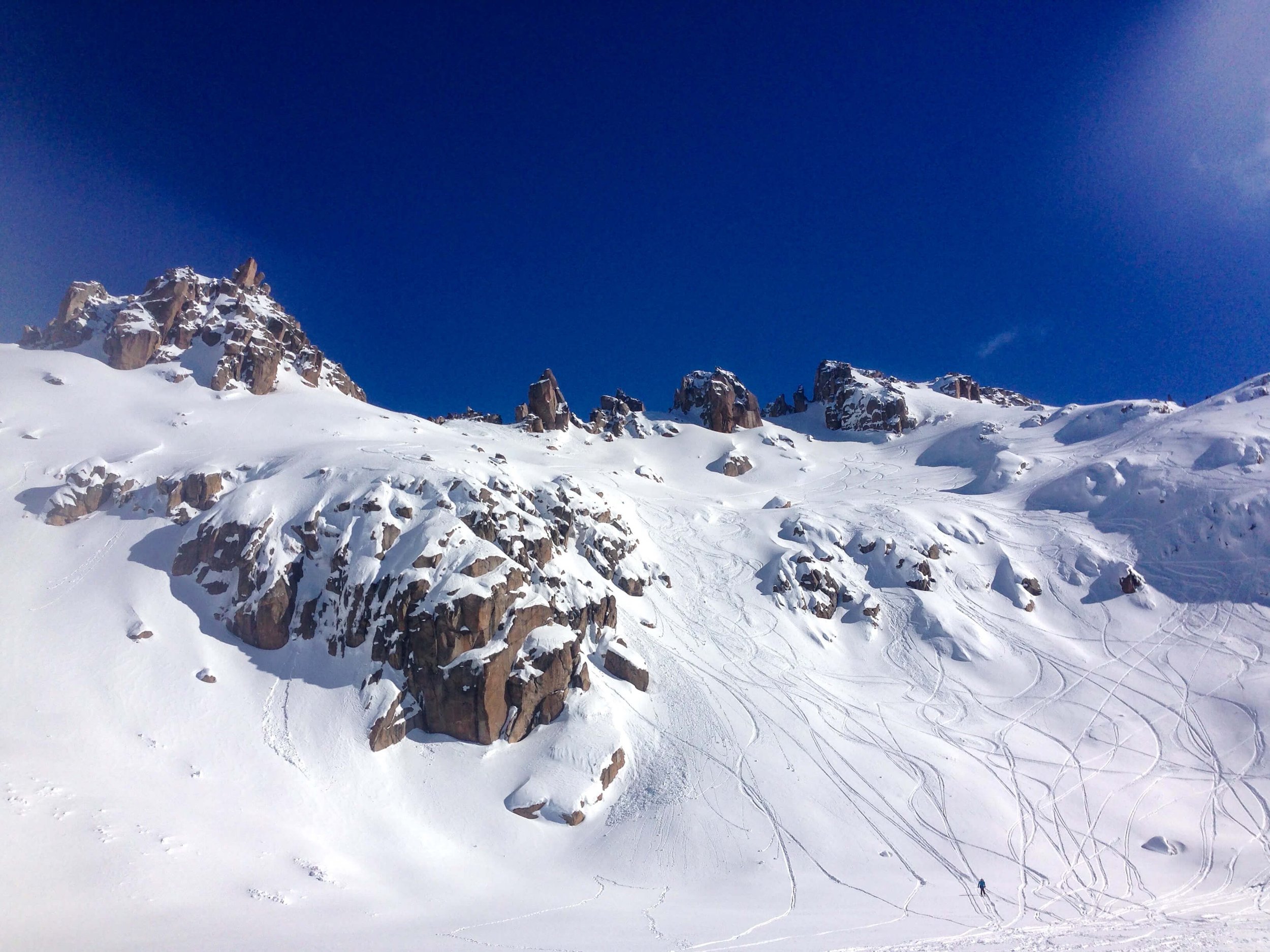
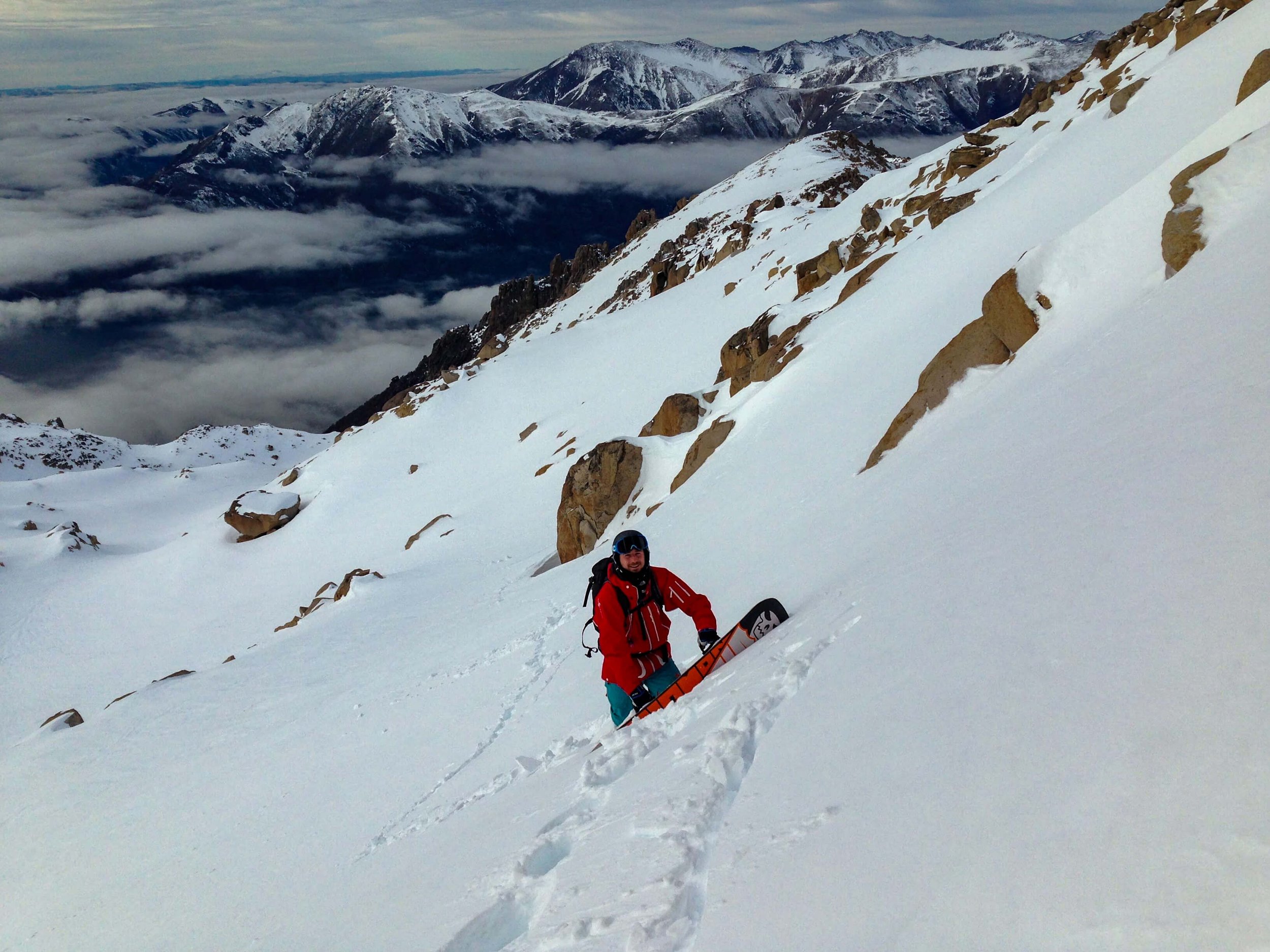
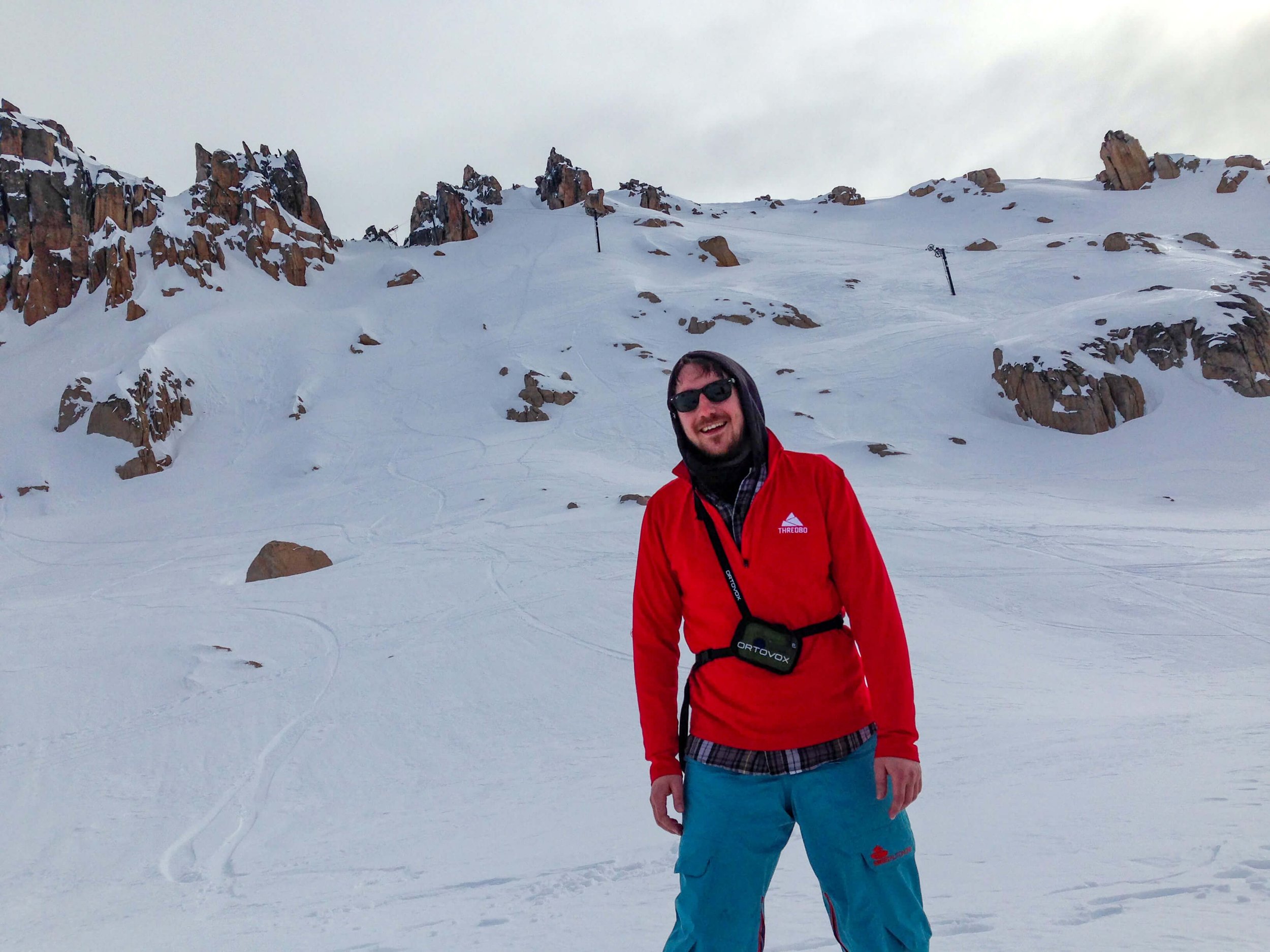
If you do not mind a short hike, then the La Laguna area is of absolute interest. It is here following the hike to 2180m and standing amongst the granite peaks that I enjoyed some of my most memorable days at Catedral.
CERRO CATEDRAL FREESTYLE
Cerro Catedral has a decent terrain park with its own quad chairlift making it simple to lap. The park has a number of freestyle features that progress in difficulty. The terrain park is located under Nubes and is well-maintained with regular staff ensuring that features are safe and fun.
CERRO CATEDRAL PISTE MAP
Catedral Alta Patagonia Piste Map
LIFTS AT CERRO CATEDRAL
The quality and speed of lifts at Cerro Catedral vary greatly. The Sextuple will be your fastest and most direct way to access the centre of the resort. Alternatively, you can take the arduous journey up the three old Condor chairs. This route is sometimes worth it when the crowds swamp the Sextuple. There is also an old gondola, Amancay, which accesses some of the beginner terrain and will get you closest to La Laguna. My favourite lift in the resort is the Nubes chair which takes you to some of the best views and runs on the mountain.
CERRO CATEDRAL SNOW RECORD
The snow at Cerro Catedral can be hit or miss and although the average snowfall in the resort is 6m per season it can be wet and heavy. The snow towards the base tends to worsen throughout the day and the season and it is possible you will be required to down lift. The upper slopes tend to stay in good condition and this is where the majority of the challenging terrain is found.
CERRO CATEDRAL SEASON DATES
The season at Cerro Catedral Alta Patagonia runs between June and October. The early and late season conditions can be fairly average so we would recommend visiting between August and early September.
CERRO CATEDRAL LIFT TICKTS
When buying your lift tickets for Cerro Catedral it is best to look in advance at the weather forecast. Patagonia is prone to some pretty serious weather systems that can cause down days. Cerro Catedral offers Flexi pass options which are great for this purpose.
For prices and the most up-to-date information on lift tickets for Cerro Catedral click here
TRAVEL TO CERRO CATEDRAL
GETTING TO ARGENTINA
Argentina is the 8th largest country in the world so getting around can involve long journeys. You will most likely enter via plane into Buenos Aires EZE or Ministro Pistarini Internation Airport. From here if you intend to take an internal flight you will need to transfer to AEP or Jorge Newbery Airport. From AEP you can fly directly to Bariloche.
WHERE IS CERRO CATEDRAL?
Cerro Catedral is the closest ski resort to the town of San Carlos de Bariloche in Argentina’s Lake District. Set within the area of the Nahuel Huapi National Park and near Lago Nahuel Huapi, Cerro Catedral is in a stunning location. To get to Bariloche from Buenos Aires the quickest route is to take a flight into Bariloche airport which will take around 2 hours. The airport is outside of Bariloche and you will need to either take the bus or a taxi into the town.
CERRO CATEDRAL ACCOMMODATION
The town of Bariloche is bustling with activity and would be a great place to base yourself during your stay at Cerro Catedral. There are plenty of accommodation options ranging from hostels to boutique hotels. If you stay in Bariloche you will need to take the bus to Cerro Catedral, hitchhike, or hire a car.
Alternatively, it is possible to stay in the village base area at Cerro Catedral. The village has a wide selection of accommodation and amenities. Most accommodation is a short walk from the slopes and the restaurants or bars in the village.
I opted to stay at a hostel halfway between Bariloche and Cerro Catedral called Alaska Hostel. We found this location great for both ease of getting to Cerro Catedral and also trips into town.
CERRO CATEDRAL PROS
Cerro Catedral has incredible lift-accessed side-country that offers plenty of challenges.
Modern lifts can be found at Catedral although the slow ones also remain… The offer is good though when compared to other South American ski resorts.
At Catedral Alta Patagonia you have the option of flexible lift passes which are a good choice with variable weather.
The resort of Cerro Catedral is stunning with some of the best views of any ski resort I have visited.
CERRO CATEDRAL CONS
July can be busy at Catedral with it being a busy holiday season. This results in queues on the lower mountain. Once up the mountain, crowds tend to spread.
Early and late season can require down lifting to the base area due to poor snow conditions.
Catedral can be expensive to visit when you factor in the cost of international flights.
CERRO CATEDRAL ACTIVITIES
There is a range of local ski schools at Cerro Catedral but if you want a proper adventure look into booking a trip with SASS Global Travel. SGT offers some intensive guided programs to help you make the most of the Cerro Catedral backcountry.
CERRO CATEDRAL GALLERY
CERRO CATEDRAL FREQUENTLY ASKED QUESTIONS
HOW HIGH IS CERRO CATEDRAL SKI RESORT?
The highest lift-accessible point at Cerro Catedral is Nubes at 2100m. You can reach higher peaks by ski-touring into La Laguna where the peak is 2180m. With Nubes standing at 2100m there is a 1070m vertical drop back to the base area.
WHAT IS THE CLOSEST AIRPORT TO CERRO CATEDRAL?
The closest airport to Cerro Catedral is San Carlos de Bariloche which is located in the nearest town. International visitors will need to enter Argentina via either of the two main Buenos Aires airports before catching a connection to Bariloche.
HOW DO YOU GET TO CERRO CATEDRAL SKI RESORT?
From Buenos Aires, you have two main options… the long coach journey or the two-hour flight to Bariloche. Once in Bariloche, you will still need to travel to the resort. You can do this by hiring a car or travelling by public bus, though the buses can be extremely packed. It is also possible to hitchhike in Argentina and we always tried our luck whilst waiting for the bus.
IS IT EXPENSIVE TO SKI IN ARGENTINA?
The answer to whether Argentina is an expensive location to ski in isn’t simple. Ultimately, the cost of your trip to Cerro Catedral will depend on how and where you exchange your cash. I know this is true for most countries but none quite like Argentina. In Argentina there are two currency rates, the bank rate and the black market rate, with the latter offering up to 33% more for your money. Changing money on the streets in Argentina is easy and for the most part safe. If in doubt, I used a company called Azimo which provided the black market rate with currency collection from a bank.
IS BARILOCHE SAFE?
Our experience of Bariloche is that it is a safe place to visit. As with most places, beware of normal tourist crimes such as; pickpocketing or thefts of unattended bags. In general, the people in Bariloche were very kind and welcoming.
WHEN CAN YOU SKI OR SNOWBOARD IN BARILOCHE?
The ski season in Bariloche runs between June and October although the optimal months to visit would be August and September. July can be extremely busy and the early and late season snow is unpredictable.



